States of Fear (2015 - 2016)
Back in early 2016, the presidential campaign was getting heated and the partisan divide had become less a divide and more of a black hole, growing daily. As it grew, other societal barriers, which had always been present, grew with it. As the Trump campaign emboldened the far right, tensions grew around religion, race and sexuality to a place that has left a lot of people very fearful. What was the cause of this scary hyper-partisan direction our country has taken? In my opinion, fear itself, and a lack of empathy. I decided to address this issue in several ways. By traveling the country and having conversations about fear, I felt that I could address my own biases by having deep, open and vulnerable conversations with people from a wide range of backgrounds. Focusing not on political issues, but on the root of those issues, fear. I started in my own back yard, the American South, where my biases are strongest. My hope is that by shifting the conversation, and looking for humanity, I could spark empathy in myself and my viewers and make an effort toward closing the black hole. This has been a difficult project for me, becuase as a semi-introvert, approaching strangers all day is difficult, but that’s the point. If more of us forced ourselves to have conversations with people that are normally outside of our social circles, and overcome the fears that usually keep us from having these interactions, we may have never reached this polarized climate in the first place.
By expanding my travels out to the furthest corners of the country, and interviewing and photographing over a hundred individuals, I am able to find commonalities in the fears, creating connections between people that might expect to have nothing in common. The result of this patchwork of fear is a more complex representation of our population using fear as a unifying factor rather than a dividing one.
All of these stories were gathered leading up to the 2016 election. Since this time, much has been learned about some of the systematic strategies, including Russian hacking that weaponized the fears of Americans with political incentives. The seeds of fear that were planted back in 2015 and 16 have evolved festered and eventually came to a head in 2020 and 2021 in the form of a politicized pandemic, the summer of protests sparked by the murder of George Floyd, and finally the capital insurrection on January 6th of 2021. Given all of that, I still see this period leading up to Trump’s first presidency as the most interesting and pivotal.
I tried to continue the work during the Trump years and probably did another 30 or 40 interviews and portraits, but I found that it didn’t work as well. Trump had sewn distrust in all things media, and people were less responsive and open. The divide was so deep that I found that bridging the gap using empathy was too heavy a lift even for myself. I found myself too angry and judgmental to genuinely offer an empathetic ear across the political chasm. As I work toward rebuilding that myself, I think this work is more important than ever. We have to get back to a place where the gap is bridgeable and we can hear each other over the chaos.
“People fail to get along because they fear each other; they fear each other because they don’t know each other; they don’t know each other because they have not communicated with each other.” — Martin Luther King Jr.
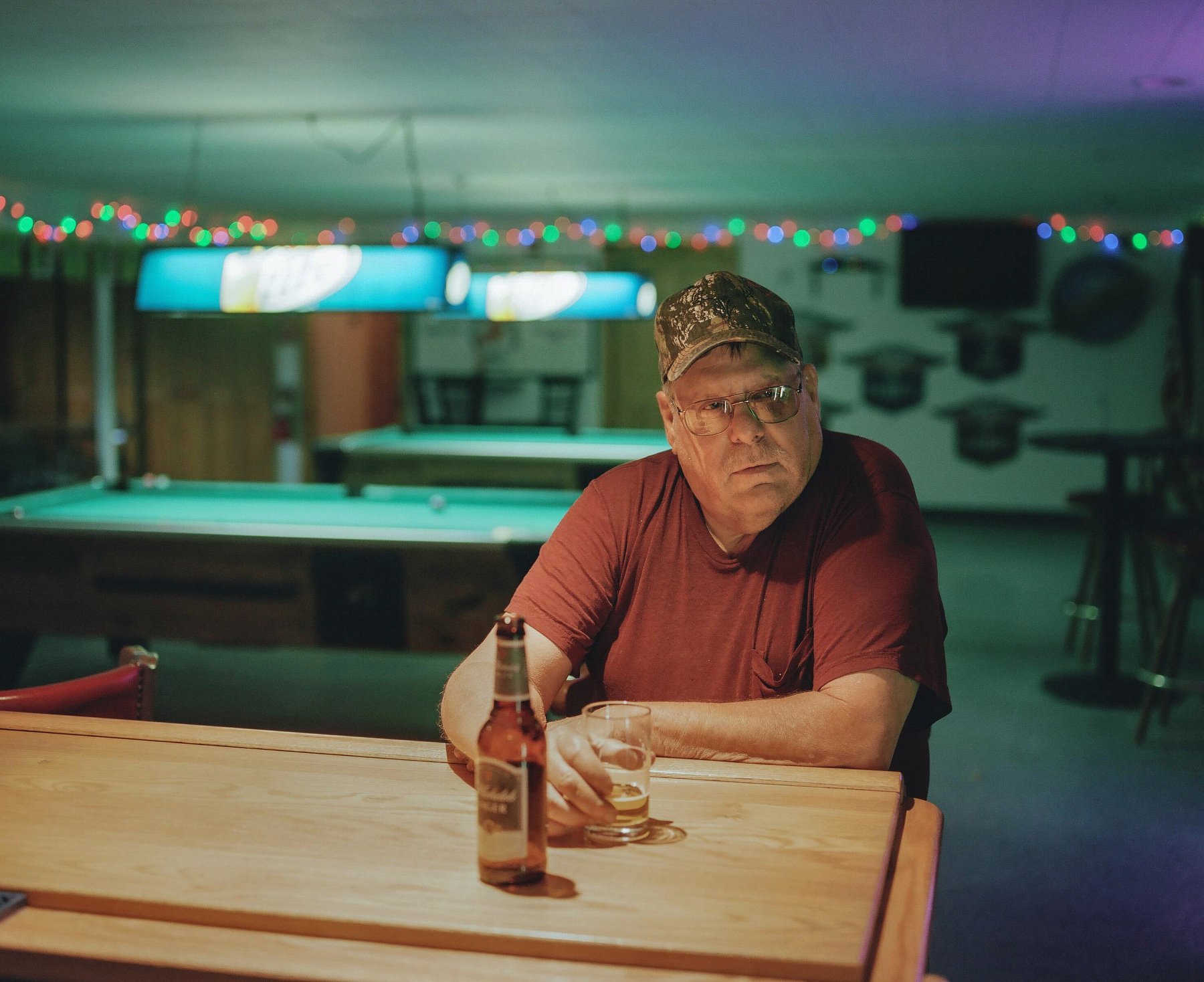
Chris, 62 Retired steal worker Shelburne Falls, Massachusetts
Fear: ISIS and the America the next generation will live in.
Before the presidential election, Chris said that the political climate had caused him so much frustration that, for the first time since he was 18, he may not vote for a president. “I got nieces, they got little kids. I love ’em to death, but what the hell is the world gonna be like when they get to be my age if they make it that far? I just don’t understand it all.” He added about ISIS: “Somebody’s gotta go down there and take care of things, and we’re the only country that’s gonna do it. … If we don’t stop them over there, they’re gonna come over here.”
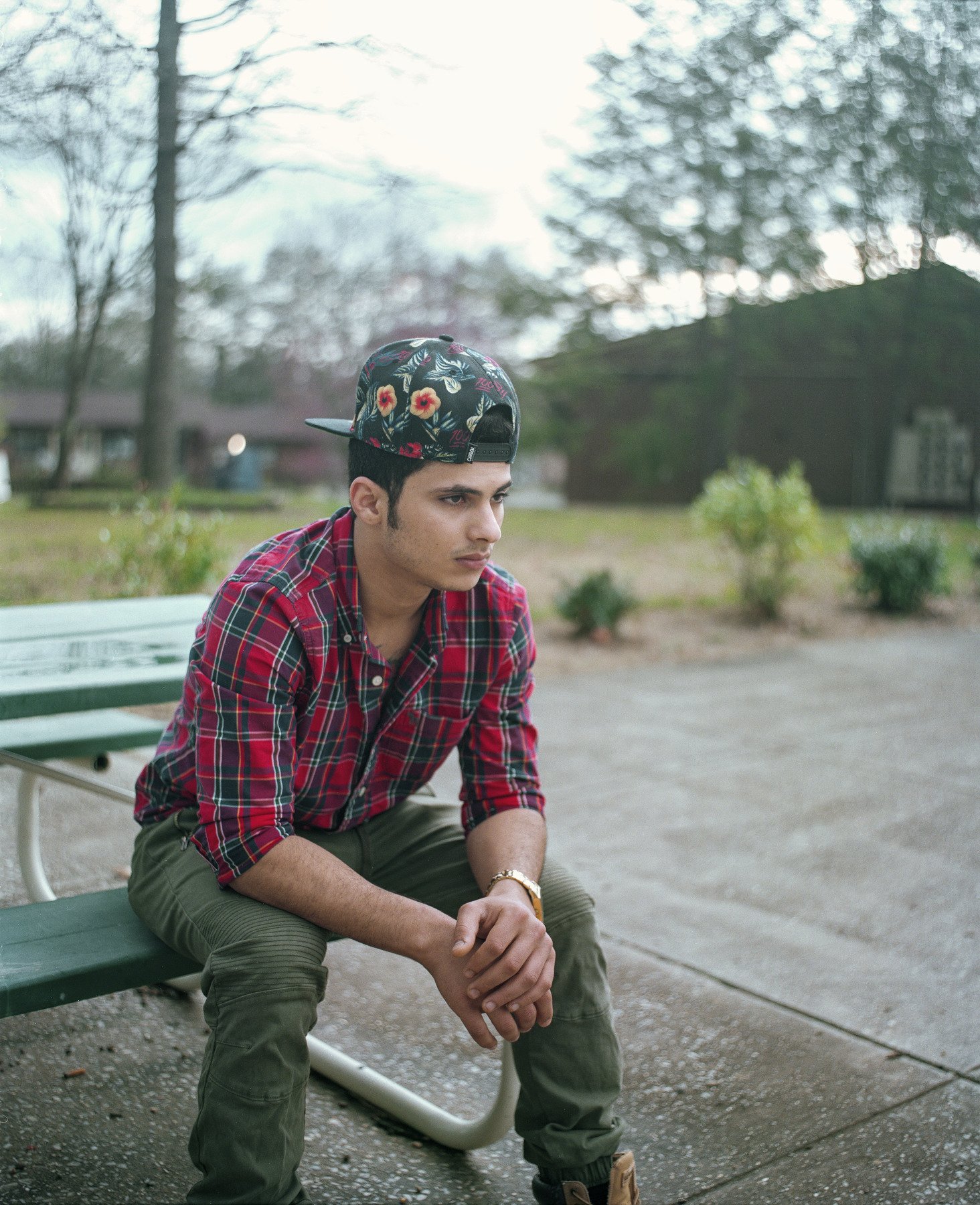
Mohammed, 21, Restaurant Server, Knoxville, Tennessee (originally Bagdad, Iraq)
Fear: Islamic extremists harming or killing his family still in Iraq.
Originally from Baghdad, Mohammed fled to Lebanon with his mother and younger brother in 2010 before they relocated to Knoxville. His older brother and sister were over 18 and not granted refugee status with the family, he says. The family has been separated for six years. “My father was a translator for the US Army and he was shot and killed. When my brother got married, I could not be there. There is no way to go back; I would be stupid to go. You don’t have a future in Iraq. You don’t know when you’re gonna die.”
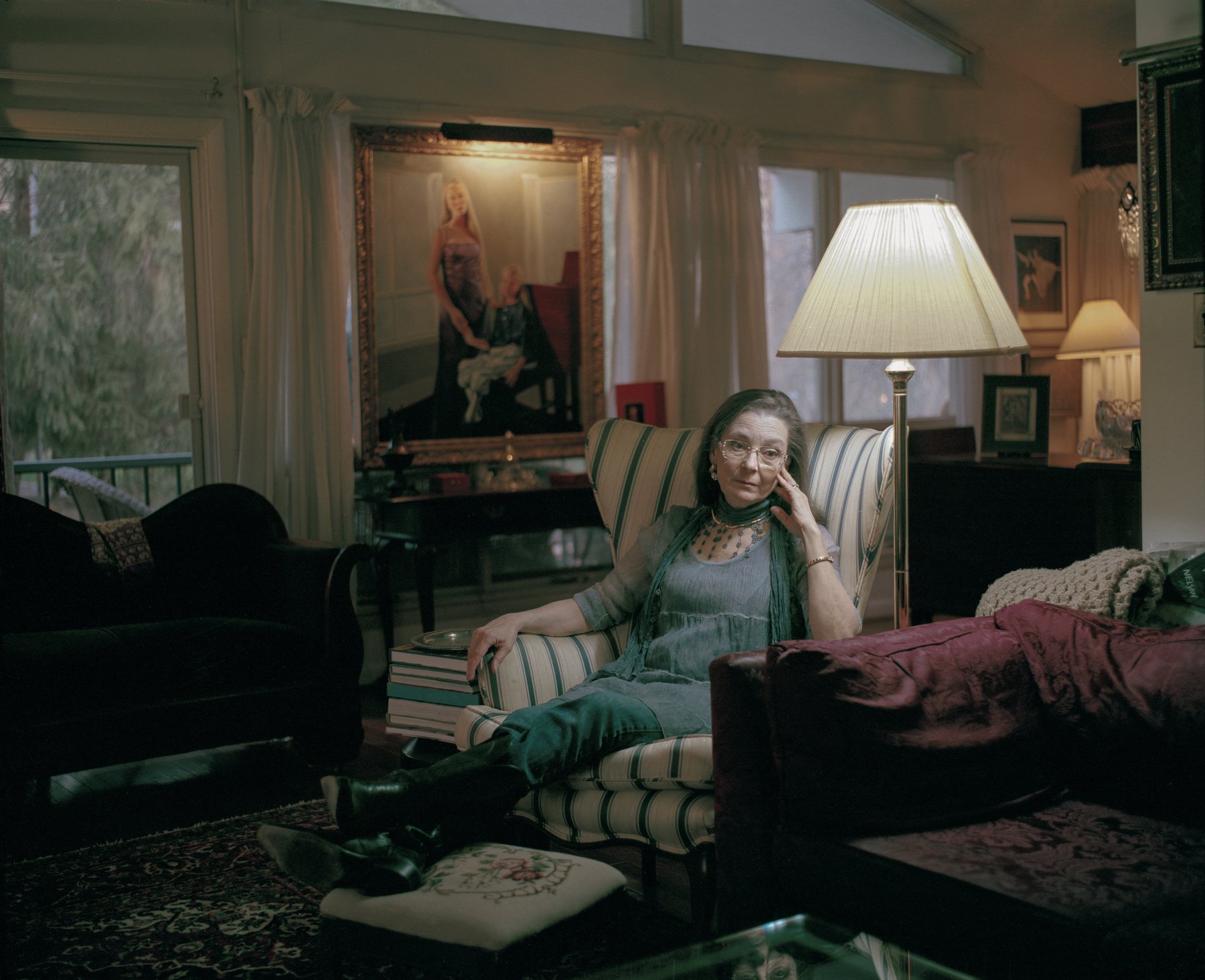
Ann, 69, Professor of Humanities at University of North Carolina Asheville
Fear: Empathetic fear for the suffering of the world
Ann is a humanities professor at the University of North Carolina and was an activist for much of her life. Now she says she feels the pain of the world’s tragedies. “While I am fortunate enough not to feel fear in my own daily life, I do feel deeply what I think of as empathetic fear. When I look into the eyes of a Syrian civil war refugee child or a father desperately trying to save his baby; when I look into the eyes of four Mexican drug war refugee children backed against a wall by a large uniformed customs officer; when I look into the eyes of a refugee Tutsi mother and her child escaped from the Rwandan Genocide — I experience their terror in my core. Their fear becomes my fear.”
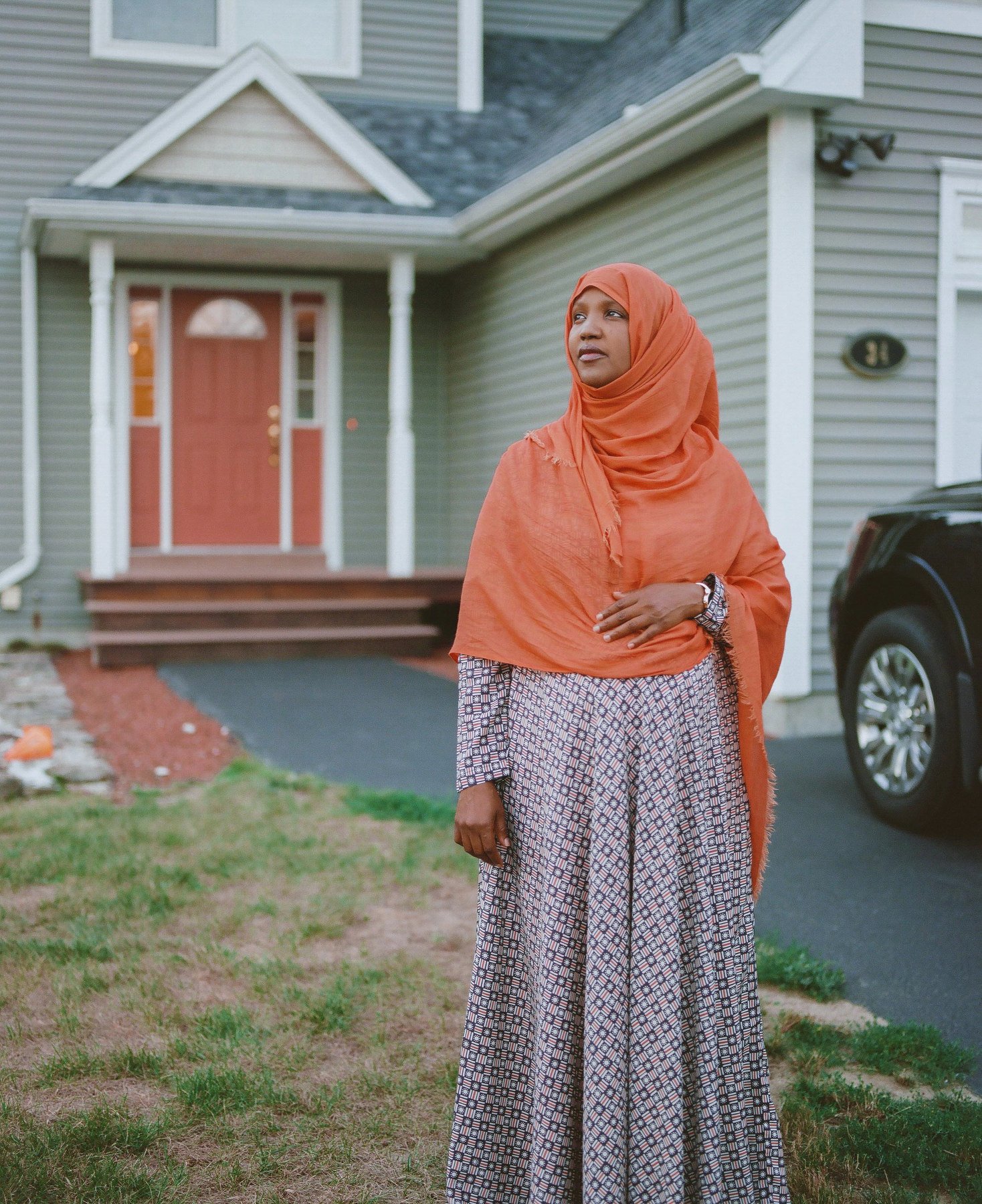
Fatuma, 39, Founder of Immigrant Resource Center of Maine,Lewiston, Maine
Fear: Never having a place to belong
Fatuma is frustrated by the lack of acceptance she says she has experienced as tension grows between Lewiston’s natives and the city’s growing Somali population. “When you’re Muslim, when you’re black, when you’re a woman, when you’re an immigrant, it’s just so many layers of barriers that are against you – and it’s very, very painful. And for me, how I deal with it is determination, I think. Remember we are starting from a place of historical trauma, crazy war, all kinds of stuff, right? And you come here and you want to start your life over again, but it’s just so scary. … The American Dream is not a reality for us. So where do we belong, you know?”
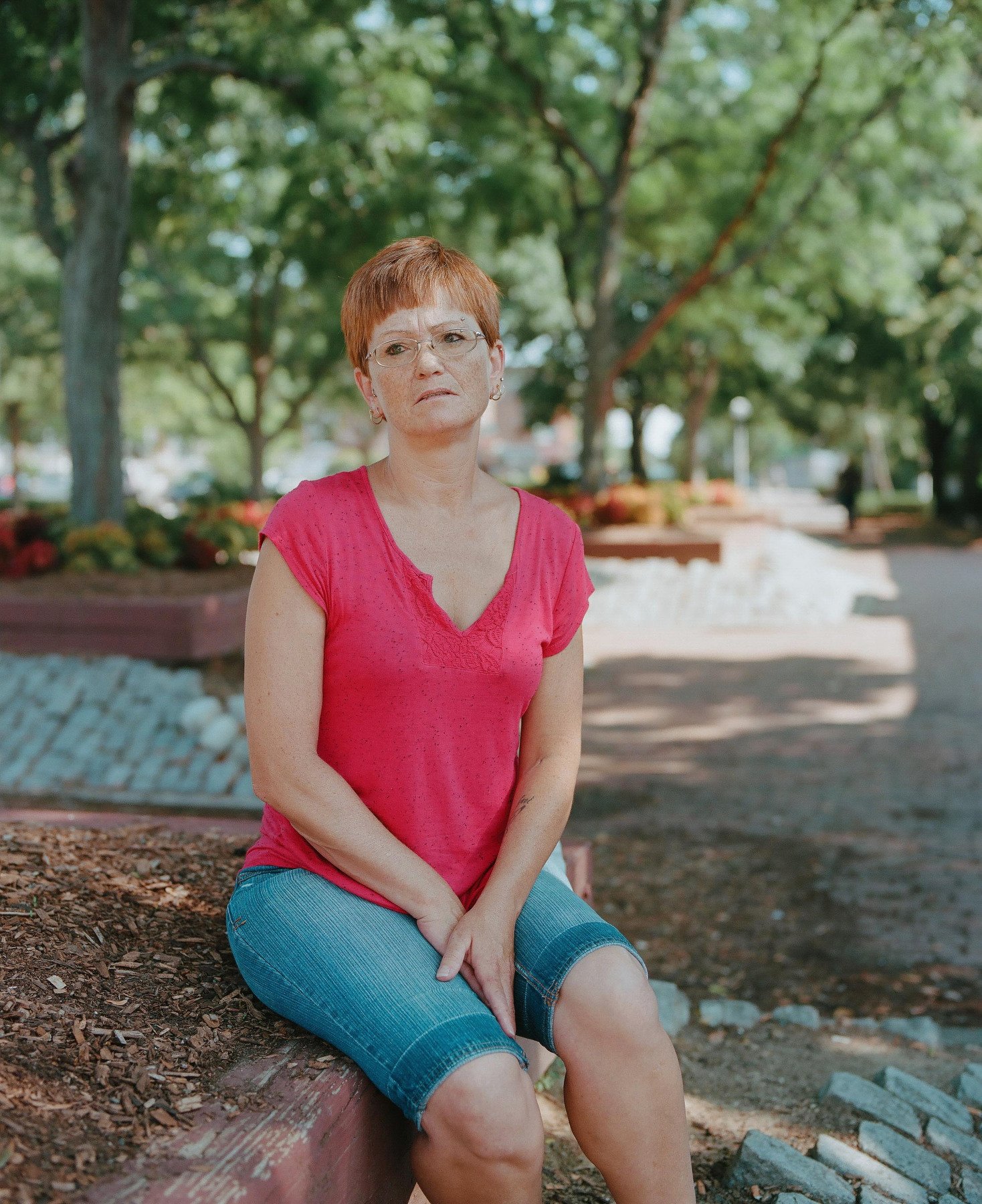
Peggy, 46, Works at Victor News and Wards Market, Lewiston, Maine
Fear: Discrimination and hate crimes
Peggy came out as gay about five years ago after three marriages and four children. Peggy says watching her hometown change and become one of the biggest landing spots for Somali refugees and immigrants has been scary for her, especially because she believes Muslim culture is less tolerant of homosexuality. “Ever since [the Orlando shooting] in the gay club, we have to worry here as well. We had gay pride that weekend, and a lot of people didn’t show up because they were terrified.”

Reema, 37, Nurse, Washington, DC
Fear: People not being able to feel comfortable in themselves
The rise of Donald Trump has caused Reema, a lesbian woman with middle-eastern origins, to feel that the United States has moved away from social progress. The shooting at Pulse nightclub in Orlando has had a lasting effect on her because she lost her good friend, KJ, who was working the door at Pulse the night of the shooting. “A gay club used to be a safe haven for me especially growing up and not being out, it was a place you could just go and be yourself and you feel that sense of freedom.” “Now since what took place at Pulse, I feel a little different about that. I’ve become a little bit more weary about going to a gay club or even clubs in general where it’s crowded. Their lives were stolen you know? I lost someone I knew due to hate.”
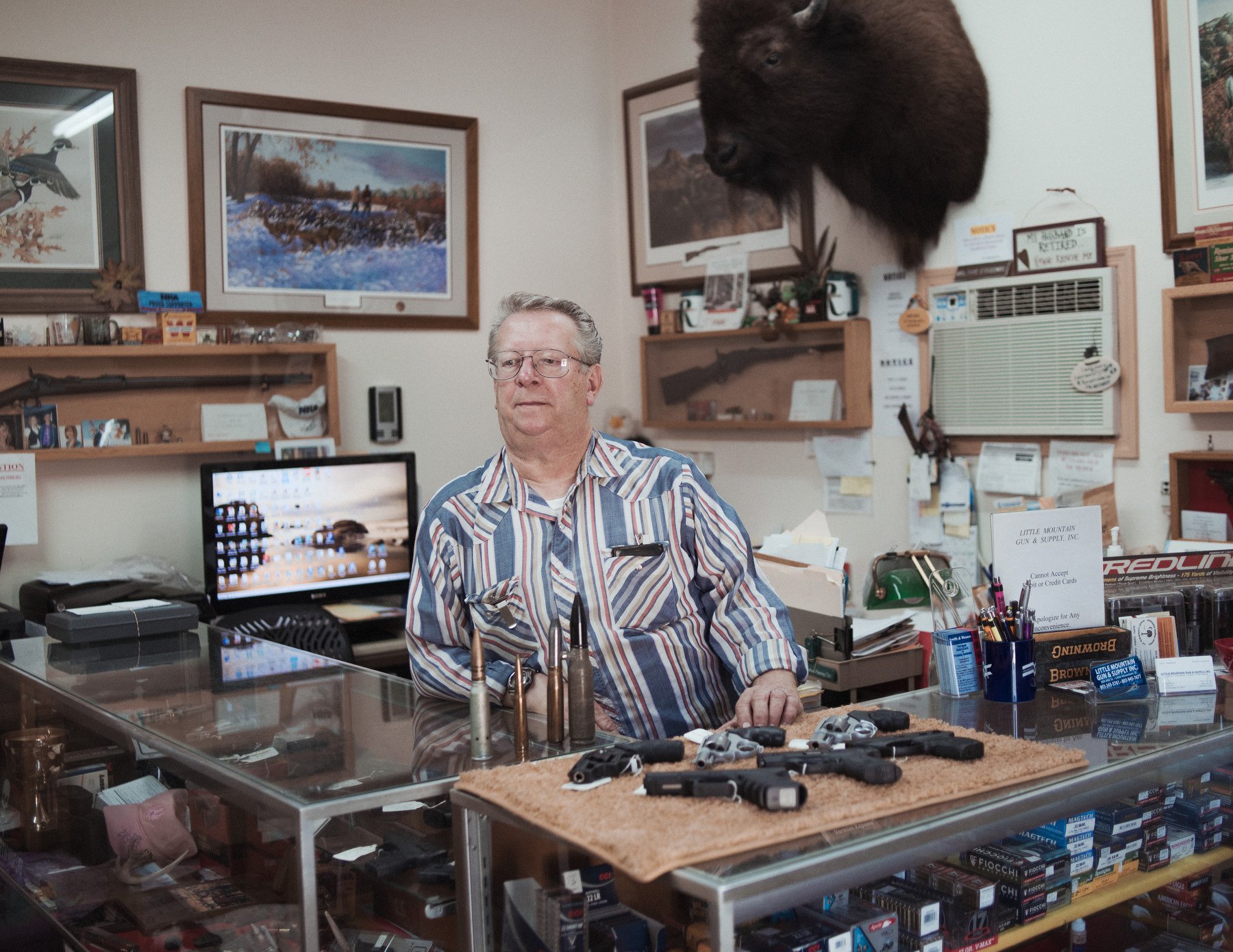
Gerald, 69, President of South Carolina branch of the National Rifle Association; owner of Little Mountain Gun and Supply Little Mountain, South Carolina
Fear: Politicians trying to take away Second Amendment rights
Gerald has been teaching gun safety classes and advocating for responsible gun usage for twenty nine years. “I think politicians are more dangerous to guns than rust. My number one fear right now is politicians using violent crime and mass shootings to further their candidacy. They’re trying to create fear in the masses. The one thing that keeps our country as free as it is, is the Constitution with the Second Amendment being the protector of all other amendments.”
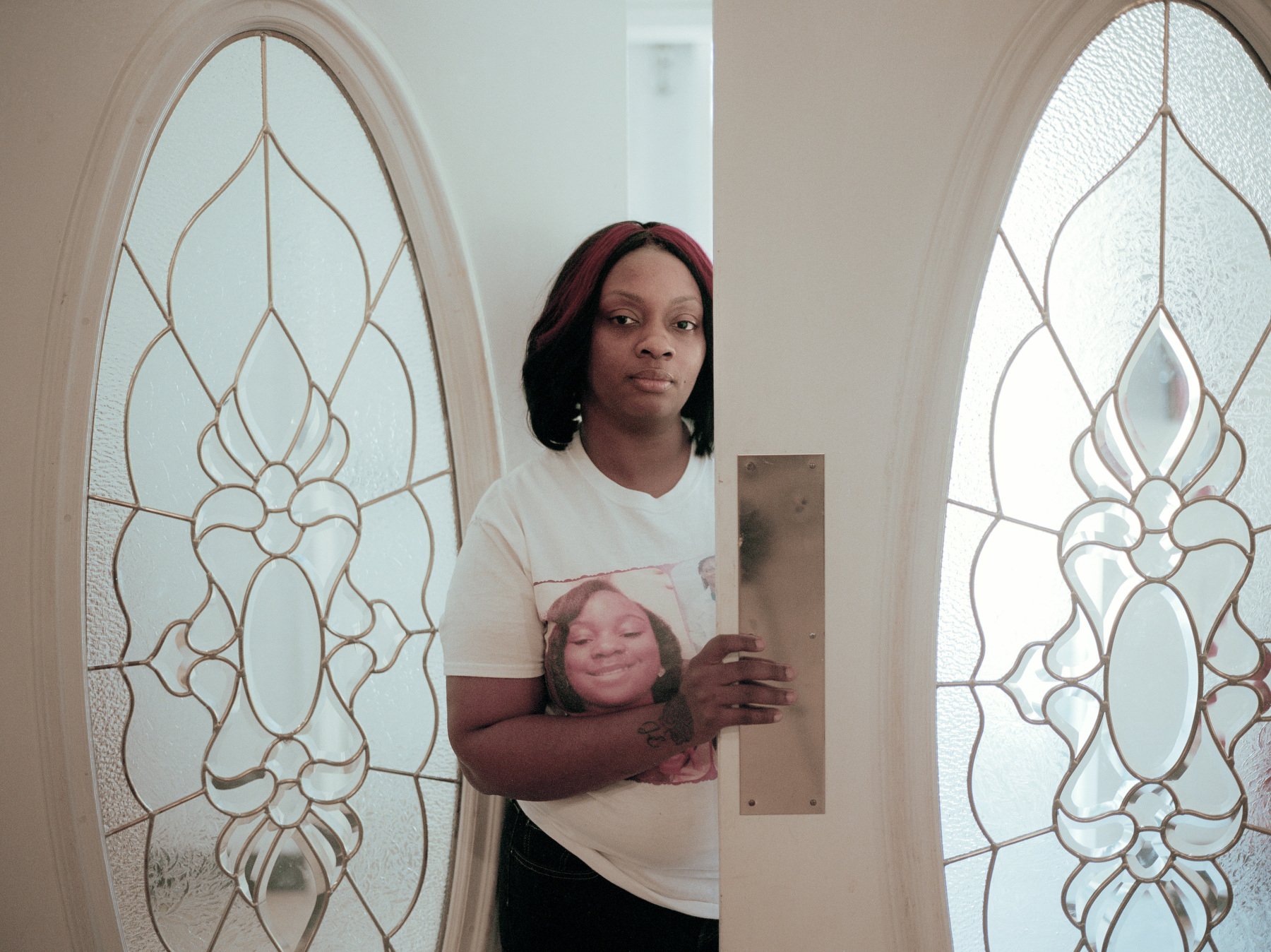
Alexis, Mother of a child murdered by unknown gun assailant, Santee, South Carolina
Fear: Gun Violence
Alexis’ daughter, Tamara, was victim of a shooting that killed four and seriously injured one at a house in Holly Hill, South Carolina. The shooting happened in July of 2015, but is yet unsolved. “My greatest fear is losing another child to violence.”
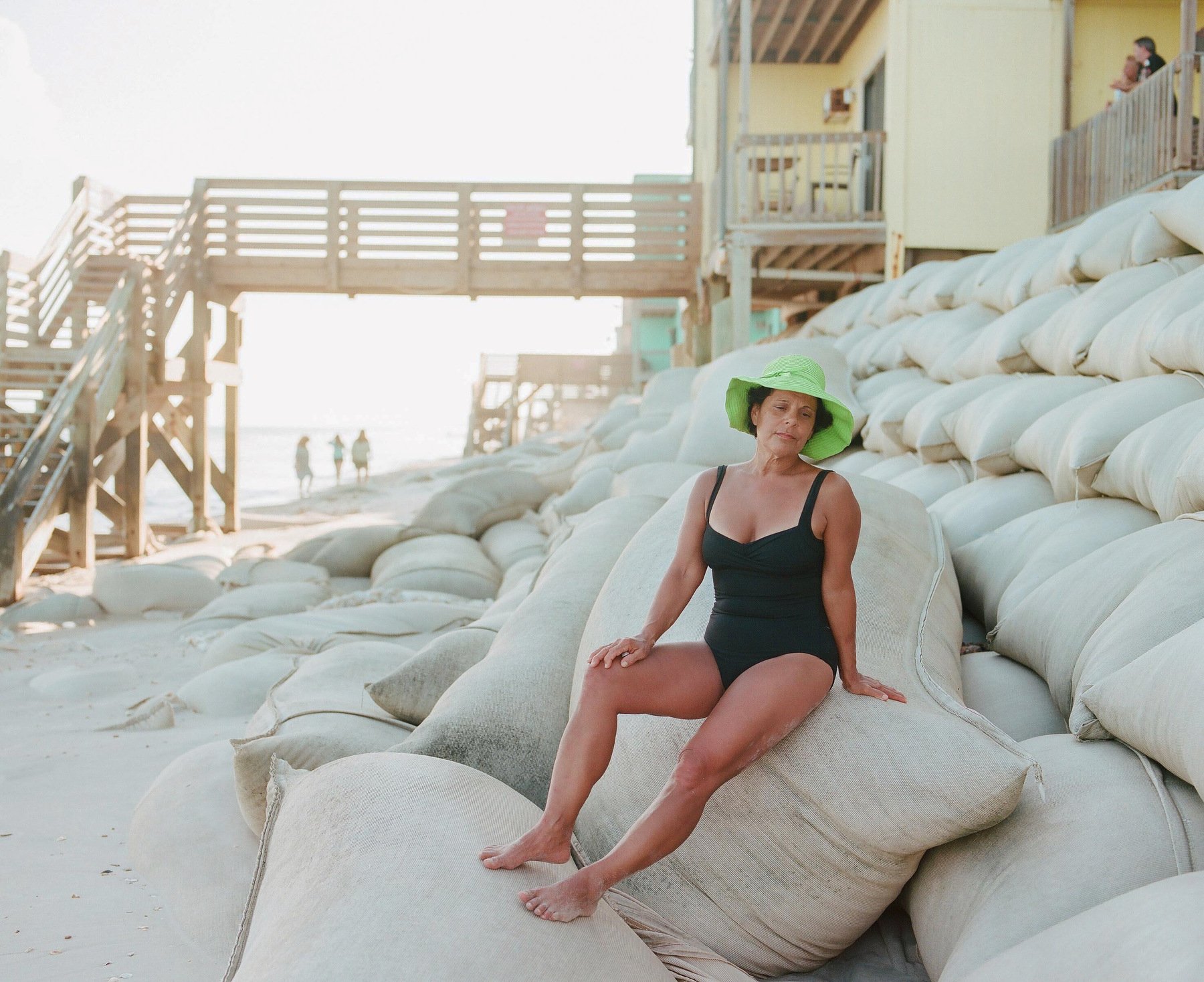
Frances, 56, X-Ray technologist, Lives in Richmond, VA and Topsail, NC (photographed in Topsail)
Fear: Effects of American Greed and lack of scruples in society.
Coming from a solidly upper middle class family, Frances feels insulated from the world, but wishes that people could let go of their greed, and try to help other people and treat each other with respect and dignity regardless of income and race. She and her husband work in the medical field where she says all of the good jobs go to white people and the low-level housekeeping jobs are all African American. She says that she makes an effort to bridge that gap, but she doesn’t expect that the bridge will be gapped any time soon in terms of the country as a whole because of white corporate greed. “In all honesty, and this is gonna sound real selfish, I feel like we live in a little bubble and we’re in this suburban part of a middle class neighborhood and there is so much money around us and I kinda like it that way. I am not prejudice or racist if you are a contributing member of society, if you obey the laws and respect and love our country. Have you even seen the outside of some of these government subsidized housing? They’re awful, there’s dirt and there’s no grass and there’s no trees. What good is there in their lives? but at the same time, you can look at some of these people that get their finger nails done and $200 on these hair weaves and I’m not not picking on African American’s it’s just an easy target because that’s what I see more. That’s what I’m exposed to, but a hair weave takes like 6 or 7 hours and a couple hundred dollars. I just don’t see how any of that can be justified. I think it’s a product of instant gratification, I may as well charge this Michael Coors purse today because I don’t know where I’m gonna be tomorrow, I’m a black person and I might get shot.

Jessie “Bigga”, 50, Brooklyn, NY
Fear: Safety of his children
Bigga has seen a lot of violence and crime first hand and says he was “a product of the environment at one time.” With two young daughters and a 25 year old son, their lives are his biggest concern. “My biggest fear today is my daughters walking down the street and I’m afraid she might get hit by a bullet. I’ve seen a whole lot of that in my life. I lost a whole lot of people close to me. I lost a lot of friends. A lot of my friends lost their kids.”

Damien, 21, Mascot at Liberty Tax, Columbia, South Carolina
Fear: Gang Violence and bullies in general
Damien is working his first job at Liberty Tax where he stands on the roadside, wearing a Statue of Liberty suit, trying to attract potential customers. “I was jumped a couple years ago. I got tazed really bad and went to the hospital. I feel kinda iffy when I’m out. You never know what might happen. Protect yourself at all times.”

Taylor, 24, Program instructor at an educational non profit, Washington, DC
Fear: Failure
Taylor has a strong drive to make it in the competitive world of Washington politics. The tattoo on the inside of his arm says, “Limits, like fear, are often just an illusion”. It was the last line of Michael Jordan’s Hall of Fame speech. “He was my favorite basketball player growing up. Whenever I’m kind of afraid to do something, I say it in my head and try and convince myself, like, it’s not real, it’s just in your head. I’ve got some friends that work on the hill so I’ll try and use those connections to get a job there. To make it here you have to not be afraid to step on people’s toes. Not like be a dick about it but still you still kinda have to be bold. A lot of high minded people come here to fail.”
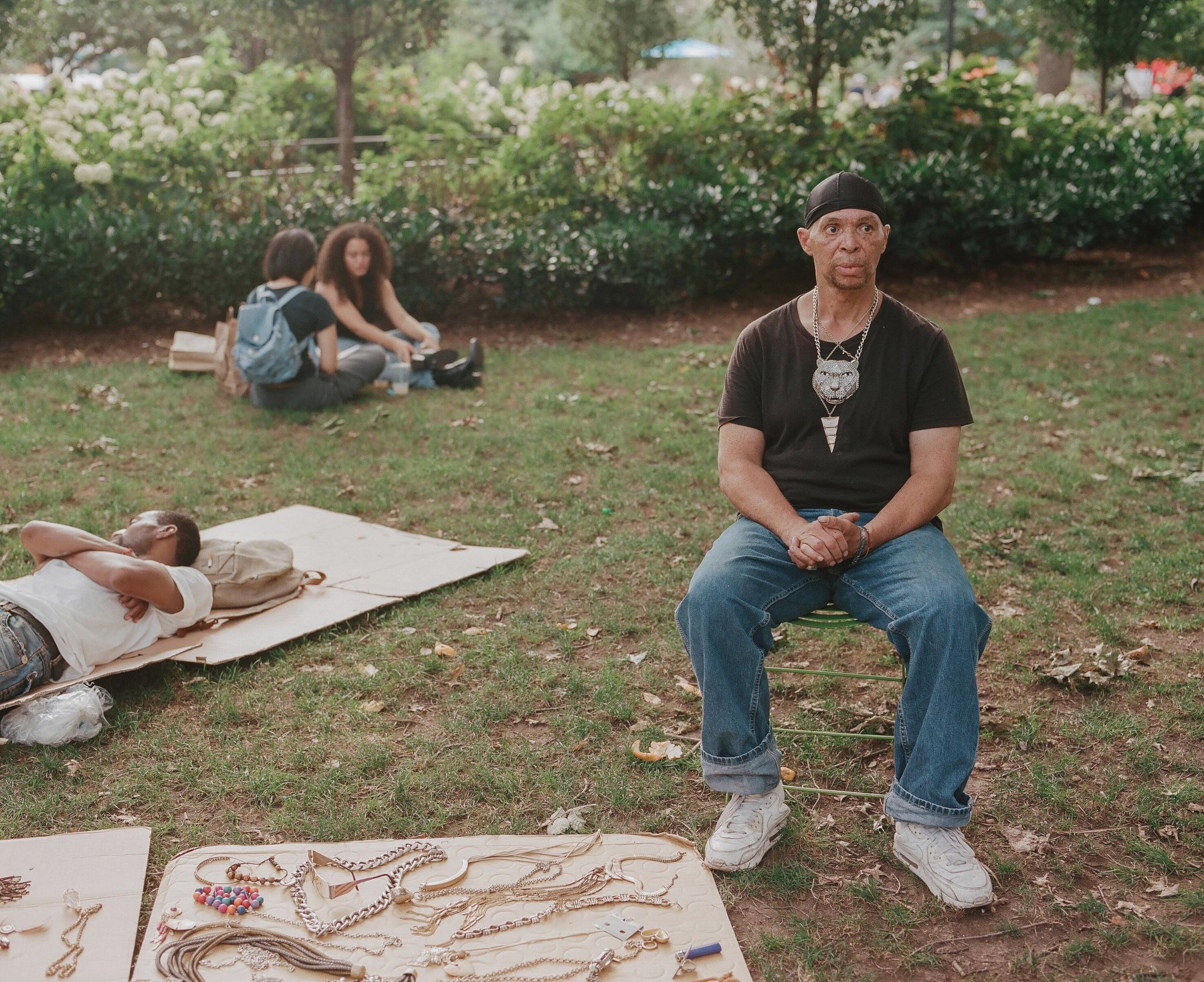
Chris, 54, Homeless, New York, New York
Fear: Dying and not having a funeral
Chris lives in a shelter after being in and out of prison for 20 years. “I don’t have no insurance and I’m not too much in contact with my family, and New York got a system here where, when you pass away and they can’t get in contact with family members, they bury you in their cemetery. My family members have an old perception of me. During my incarceration, they really never got a chance to meet me during my change. I changed over from thinking like a boy, to a man. I became a father, and they haven’t yet met my daughter. I think that I’m more relevant to people than they think I am; they just don’t know those parts about me. … I’m a good fella. I am. I’m a really good fella.”

Claire, 33, Jewelry Repair and other artistic endeavors, Half Moon Bay, California
Fear: Daily stress around having and doing enough
Claire’s life is all about prioritizing happiness. She works for herself doing jewelry repairer and pursues other artistic endeavors. Her continuous insistence on fun and pleasure often clashes with reality and causes daily financial stress. “I wake up daily fearing not being able to pay back bills that I owe. It creates a stress. I never chose the path of having a full-time career with benefits. I wanted to feel a little bit more free everyday. Sometimes I’ll put things before paying rent or paying your health insurance bill, because you want to be happy, or that is going to create happiness for others, so you prioritize that first.”
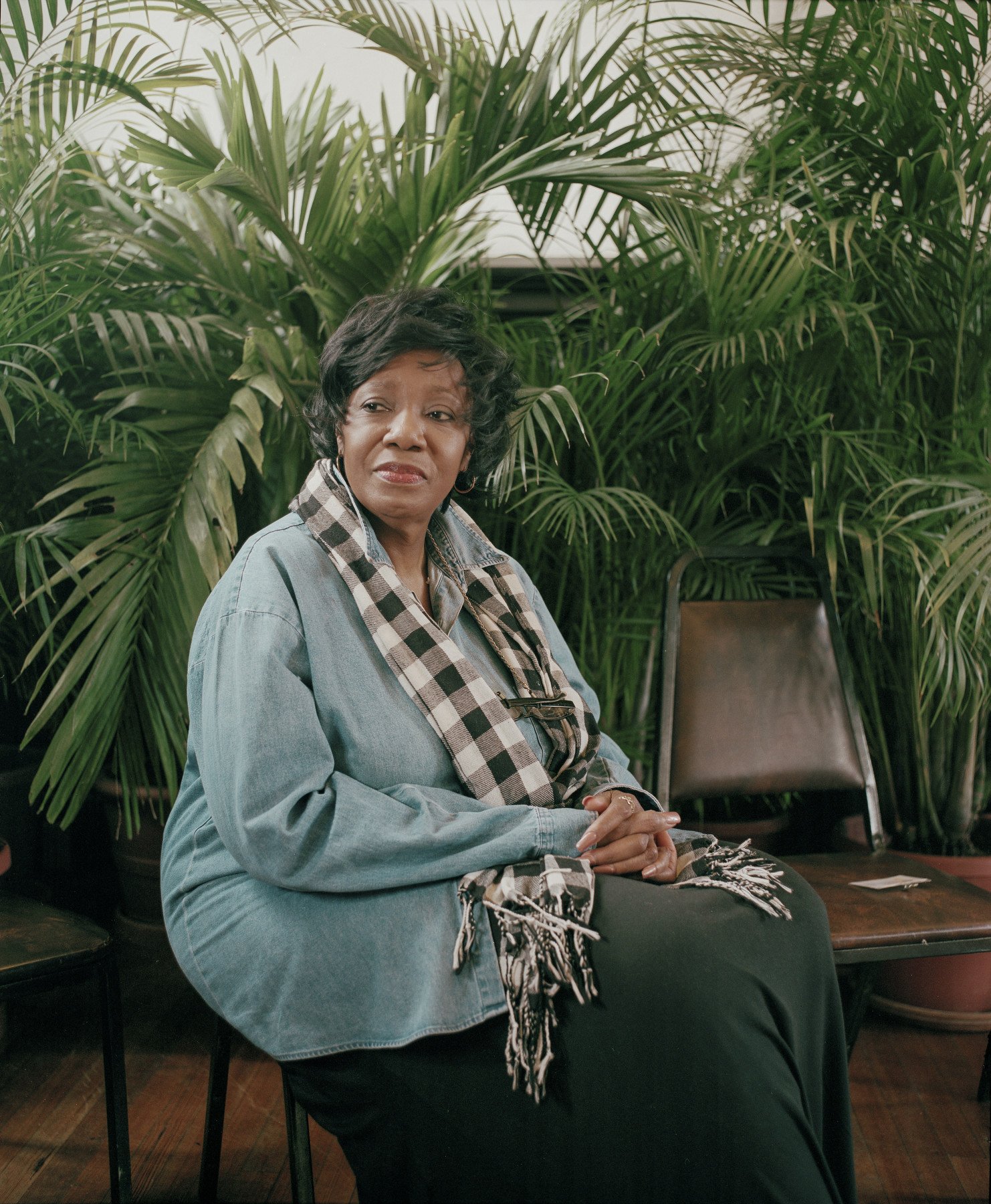
MsBettie, 64, Professor, activist and entrepreneur, Asheville, North Carolina
Fear: The future for African-American youth
MsBettie is a professor at AB-Tech and is in the process of starting a basketball league focused on education and enrichment for African-American adults and children ages 5-50. Before starting at AB-Tech, Ms. Bettie was involved in education for almost thirty years as an elementary school teacher where she was the only African-American teacher for much of that time. “My biggest fear is that things won’t change in the school system, and African-American students will continue on the downward spiral toward the pipeline to prison. It will not change maybe as quickly as I’d like it to, but I’m on the bandwagon to make it happen locally. There’s a lot to be done worldwide, nationwide and locally. I’m only one person. I need help. I work 14-16 hours a day. I’m determined to do everything in my power to make change happen for the better for the black community. There are no activities for African-Americans to do. So the league will be something to do to keep kids and adults off the streets.
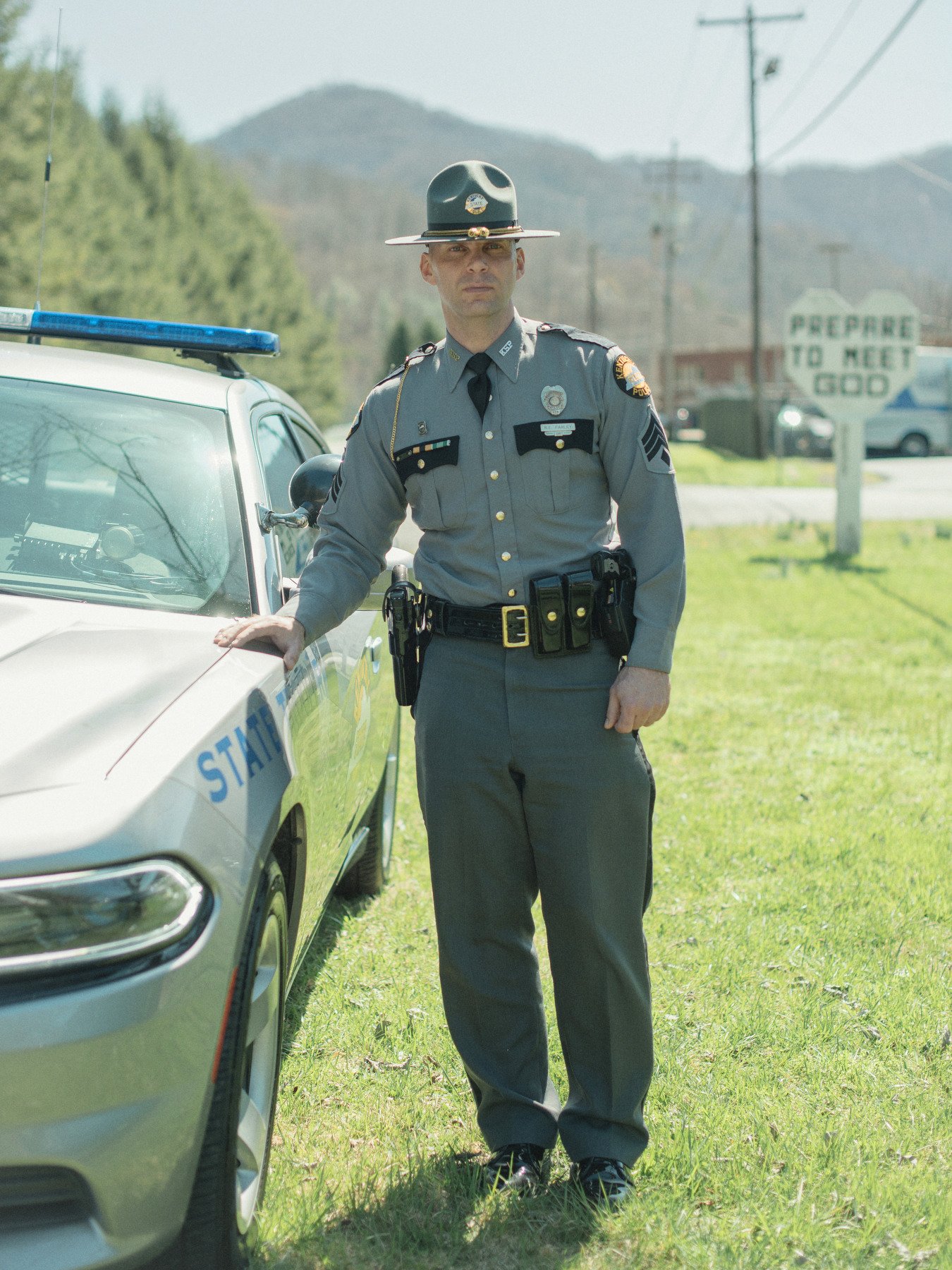
Sgt. Farley, 39, Sergeant, Kentucky State Police, Harlan, KY
Fear: Inability to express love to family and friends
Farley’s fears have to do with being a good Christian and a good family man. “My biggest fear is expressing to the ones in my inner circle, my family and friends, that I love them. I don’t want to fail in that aspect of my life. My kids know that I love them, but I’m not a very open person. As a police officer I don’t express emotions and whatnot.”
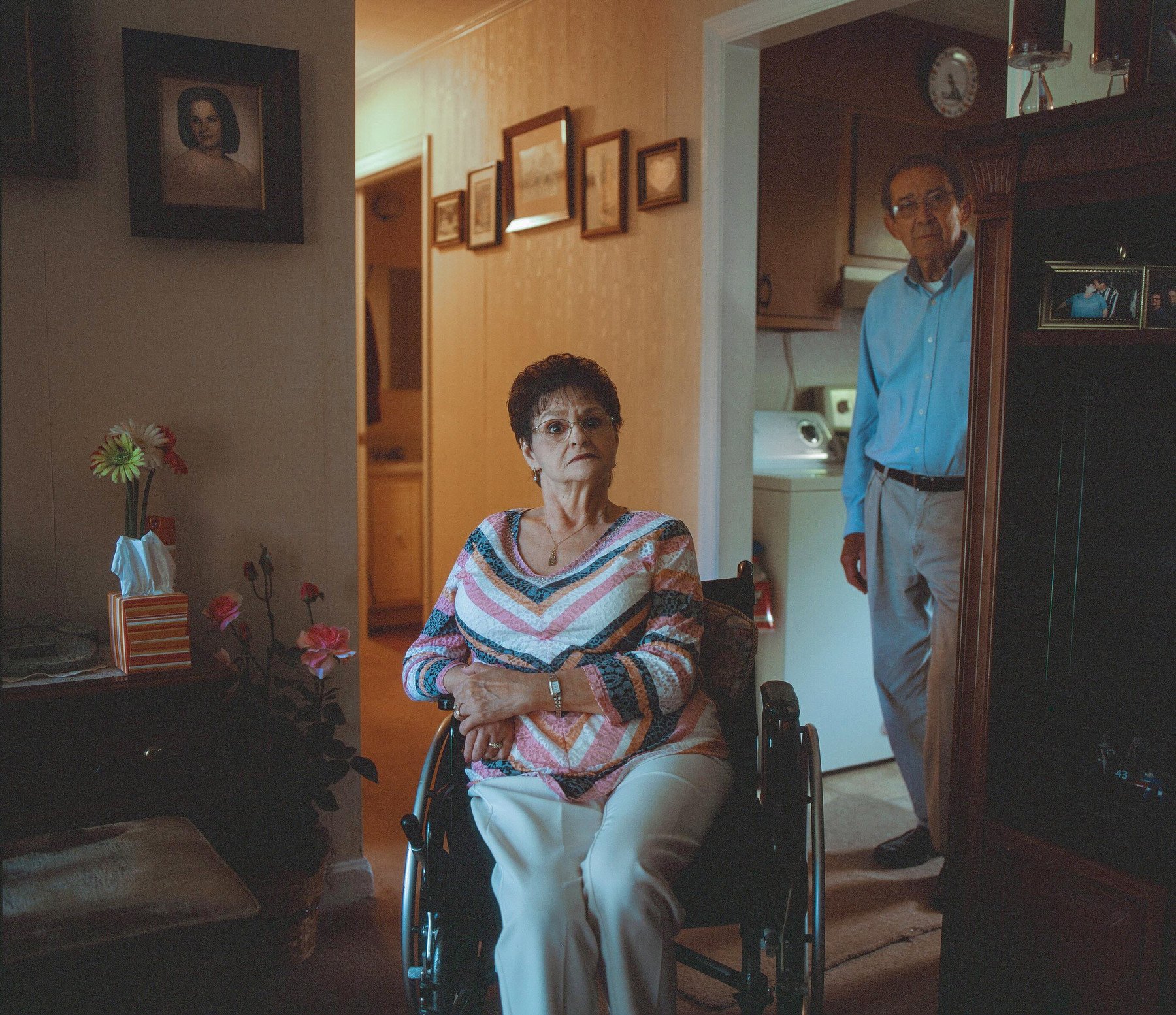
Patricia, 69, Glenola, North Carolina
Fear: Not going to heaven
She was diagnosed with multiple sclerosis along with a slew of other health issues that were made even worse when she had a stroke in the beginning of 2013. “I was brought up in a Baptist church family and God was everything. My mother lived to be 96 years old; I know she’s in heaven. My dad died at 83 and he’s gone to heaven. And I don’t know that I’m a good enough Christian. I can’t go to church like I’d like to because I got sick. There’s a preacher that comes about every two weeks and spends an hour or two with us and he calms me down and everything, but still I just am afraid I’m not gonna go to heaven.”
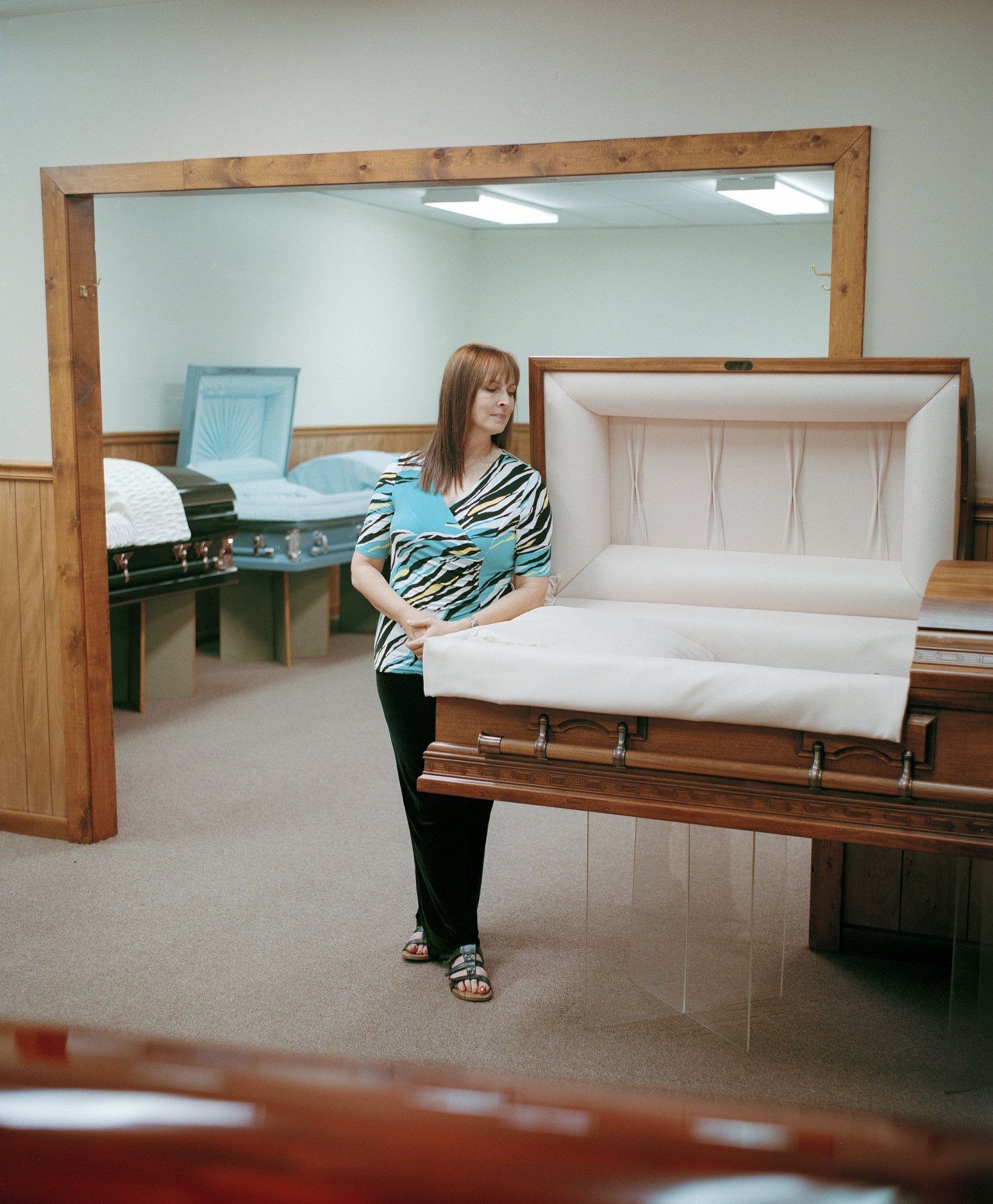
Missy, 48, Stylist, funeral home
Harlan, Kentucky
Fear: The life decisions of her children (ages 16, 17 and 22)
Missy is grateful to have spent so much time close to death because it has made her and her family very comfortable with it. She does not fear death, due to her Christian beliefs, but instead worries about the choices that her children will make. Her oldest son is in the air force. “He is at that threshold where he is making his own decisions. I just have to sit back and let him do it. That’s hard for a parent. We still have some say in what happens to them. My faith colors everything about my life. For them to stray away from their faith would be, in my opinion, the worst thing that could happen to them.”
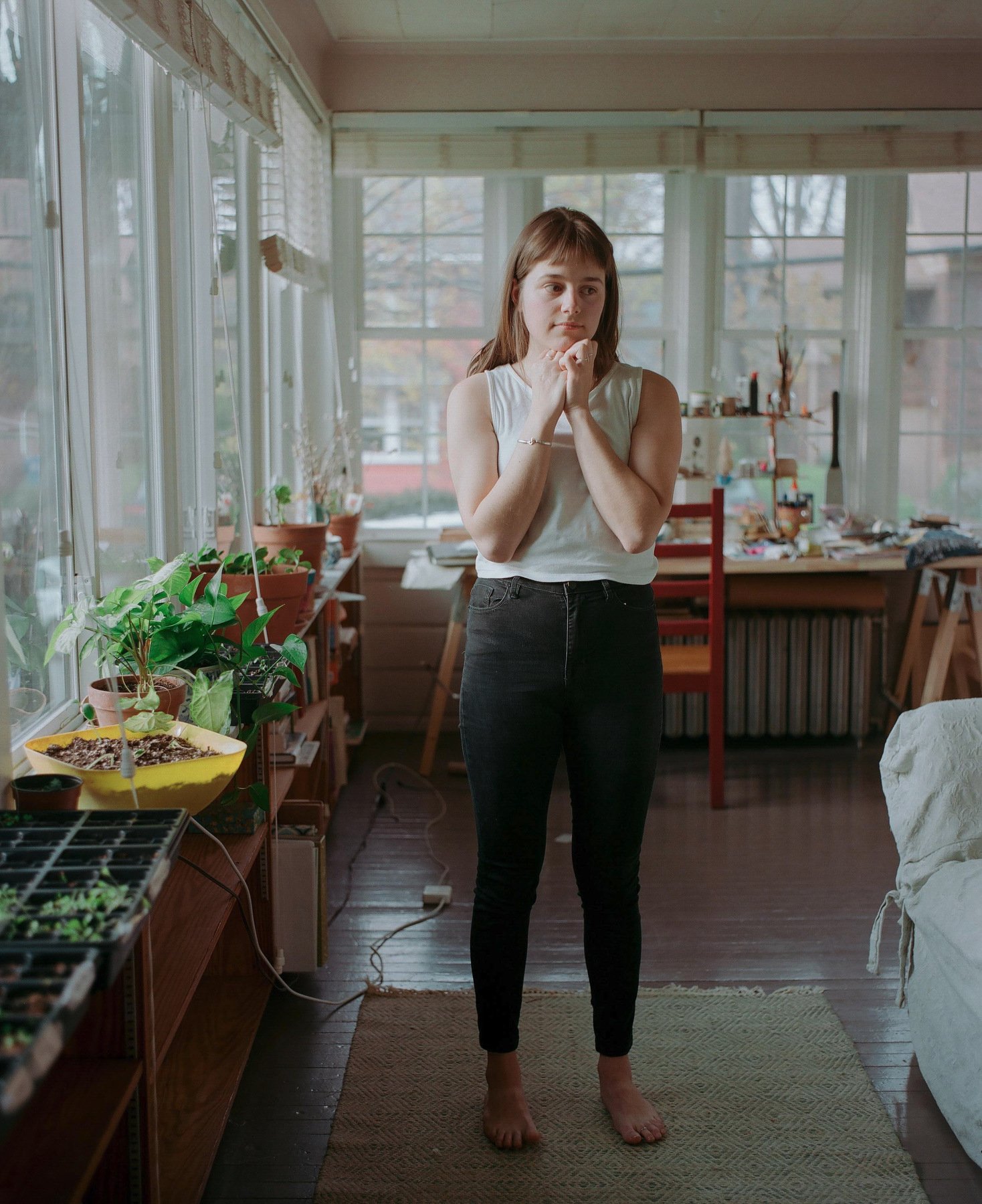
Forest, 22, Student and Photographer, Asheville, North Carolina
Fear: Becoming alienated from religious family
Forest father’s side of the family are Republican evangelical Christians, while she is a politically liberal atheist. Most of Forest’s contact with the family comes in the form of notes and Christian literature sent to her to try to convince her to change her ways. After eight years of not seeing them, Forest recently visited her father in Missouri to try to salvage the relationship. “One of my biggest fears is the idea of disappointing my family and losing contact with them because of my disbelief in God. I have completely lost touch with my father because of it. He is so afraid of the person that I have become and the lifestyle that I lead that he hasn’t touched my bedroom closet since I lived with him when I was 12 years old.”
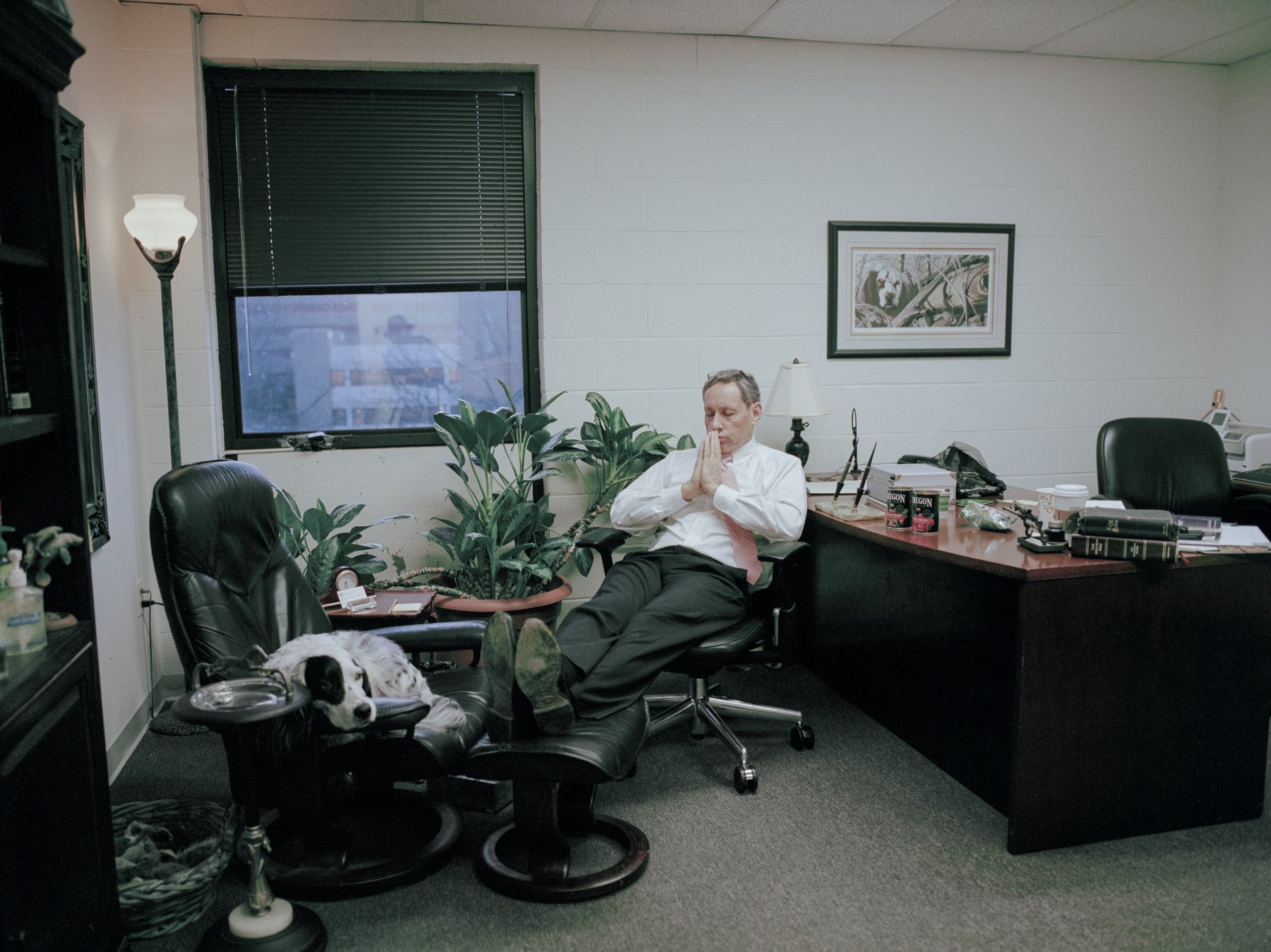
Carl, 63, Clinical psychiatrist and former Republican politician, Asheville, North Carolina
Fear: America’s postponement culture colliding with reality
Carl’s hardline stance on immigration has earned him backlash in Asheville. His own fear is not for himself but he’s afraid America’s ‘postponement culture’ will result in a painful reckoning, when debt from excessive government spending eventually cripples the country. “You don’t get around reality when the bill is finally due. I am fearful of the consequences for many people. We’ve been stealing off of your future and when you find out, you are going to be really upset with us, and rightfully so. Mumower deals with other people’s fears every day and knows how destructive they can be in people’s lives. “I think fear is the single most destructive psychological variable there is.”
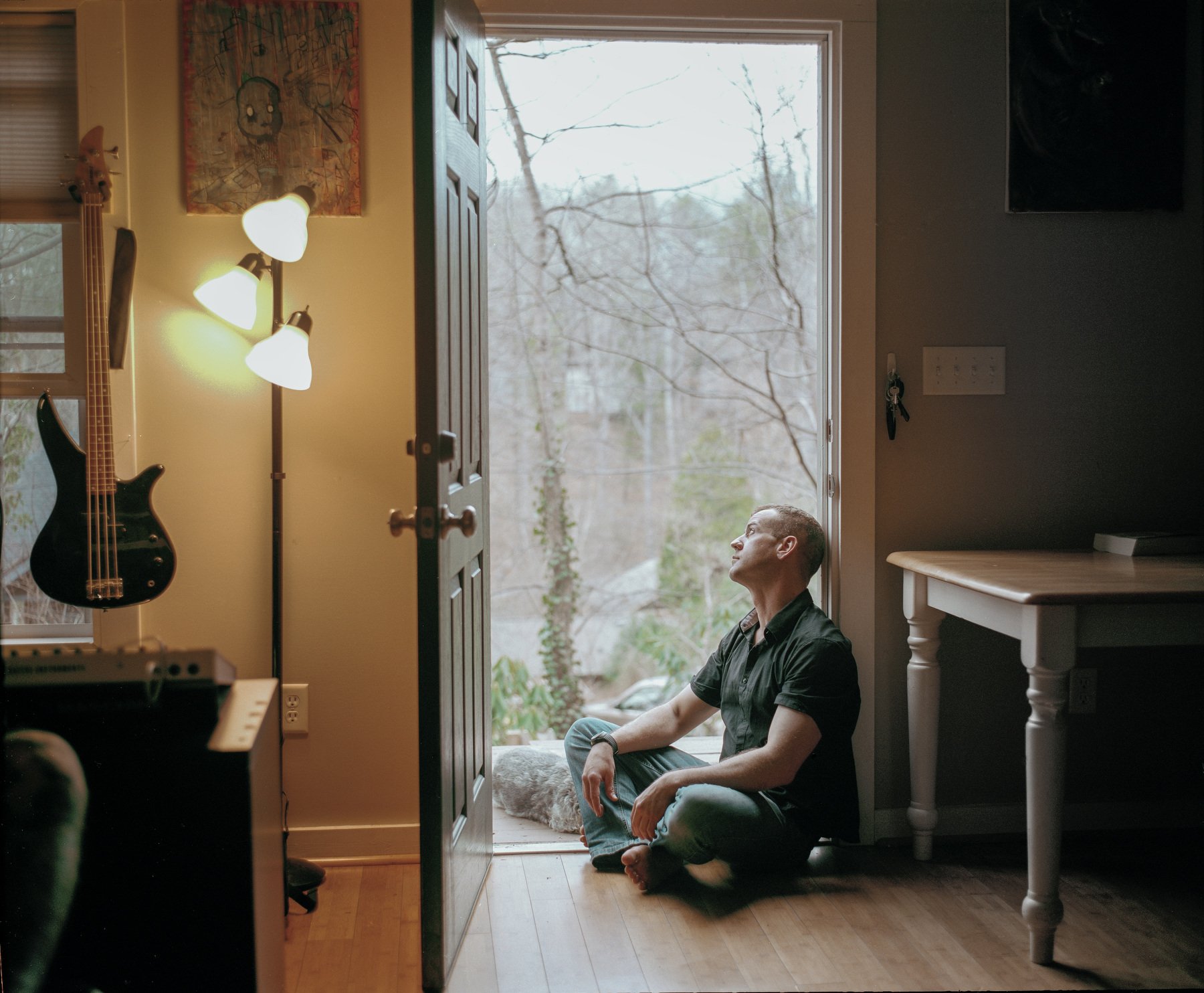
Nigel, 34, Iraq War Veteran, Asheville, North Carolina
Fear: Complacency
After serving in Iraq, Nigel returned to the US suffering from severe PTSD, resulting in extreme feelings of isolation, insomnia and debilitating hyper-vigilance. He was part of a trial experiment treating soldiers with PTSD using MDMA (ecstasy). It successfully treated his PTSD, which Nigel says is almost unheard of. He is now trying to find the balance between hyper-vigilance and complacency. ‘We got shot at every day. After three months it was like primitive survival mode. There were signs in Iraq that read “Complacency Kills”. Becoming complacent makes you vulnerable and lazy. Fear can be a good friend or a wicked enemy. As a friend fear allows us to identify our own insecurities and weaknesses, and it communicates to us when we are in danger. As an enemy, it haunts us and makes us targets of manipulation.’
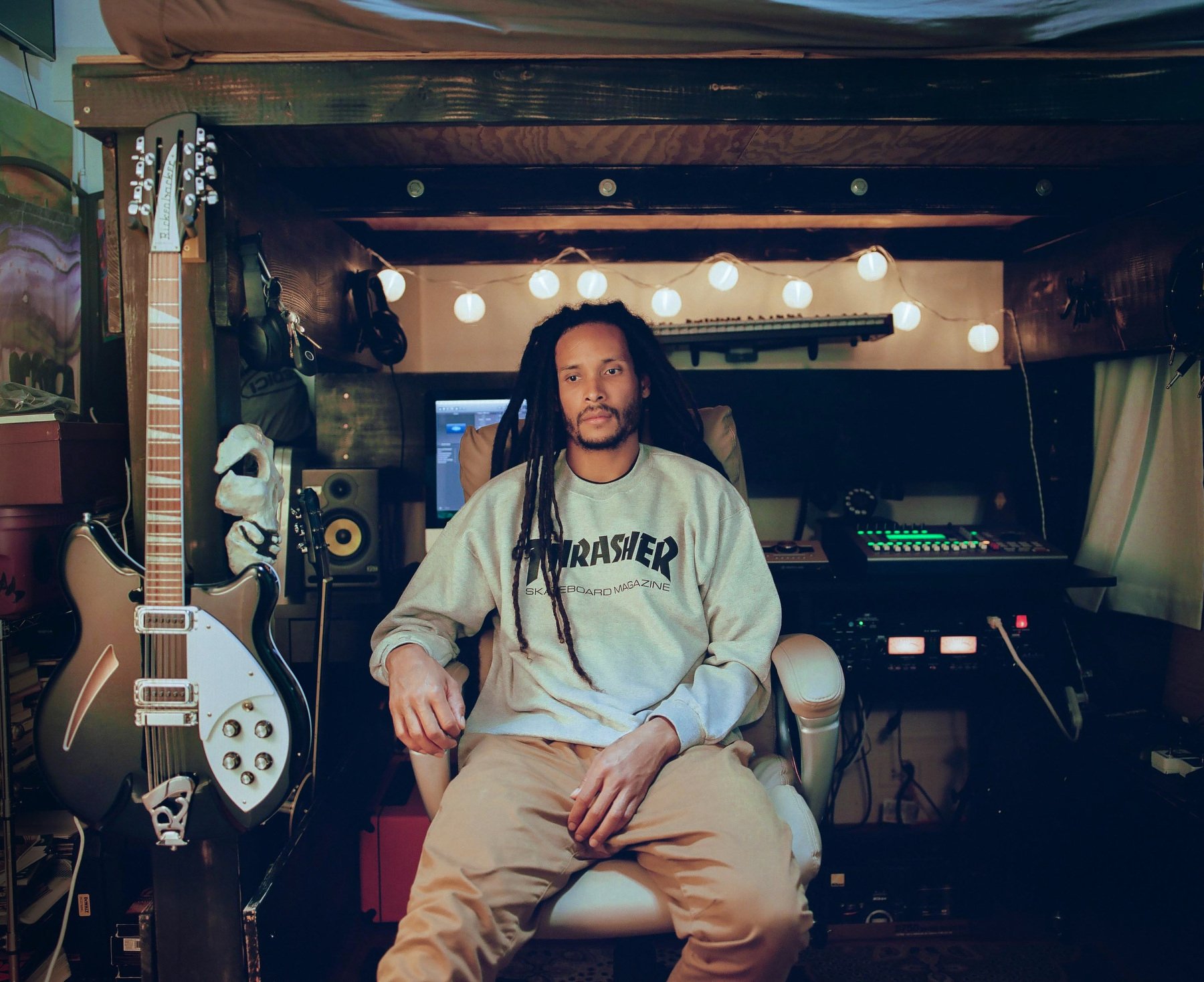
Kameron, 32, Musician / Artist, Oakland, CA
Fear: Lasting effects of a recent race-related experience
What was supposed to be a much-needed relaxing break in the woods with his girlfriend became very tense as he overheard people talking about him being with a white girl. At one point he started to fear for his life, and eventually he and his girlfriend fled the campsite. “I had that feeling that I was actually gonna die. You’re literally helpless to human beings that hate you because you’re colored. Little does this guy know that I just got my DNA done and I’m 44.9 per cent European. He wouldn’t even care – just because I look black to him, he hates me. … It hurts your pride. I guess I just don’t want it to change who I am. I also don’t want to develop a hatred for people, because I love people. I’d be scared of this having a lasting effect on me.’
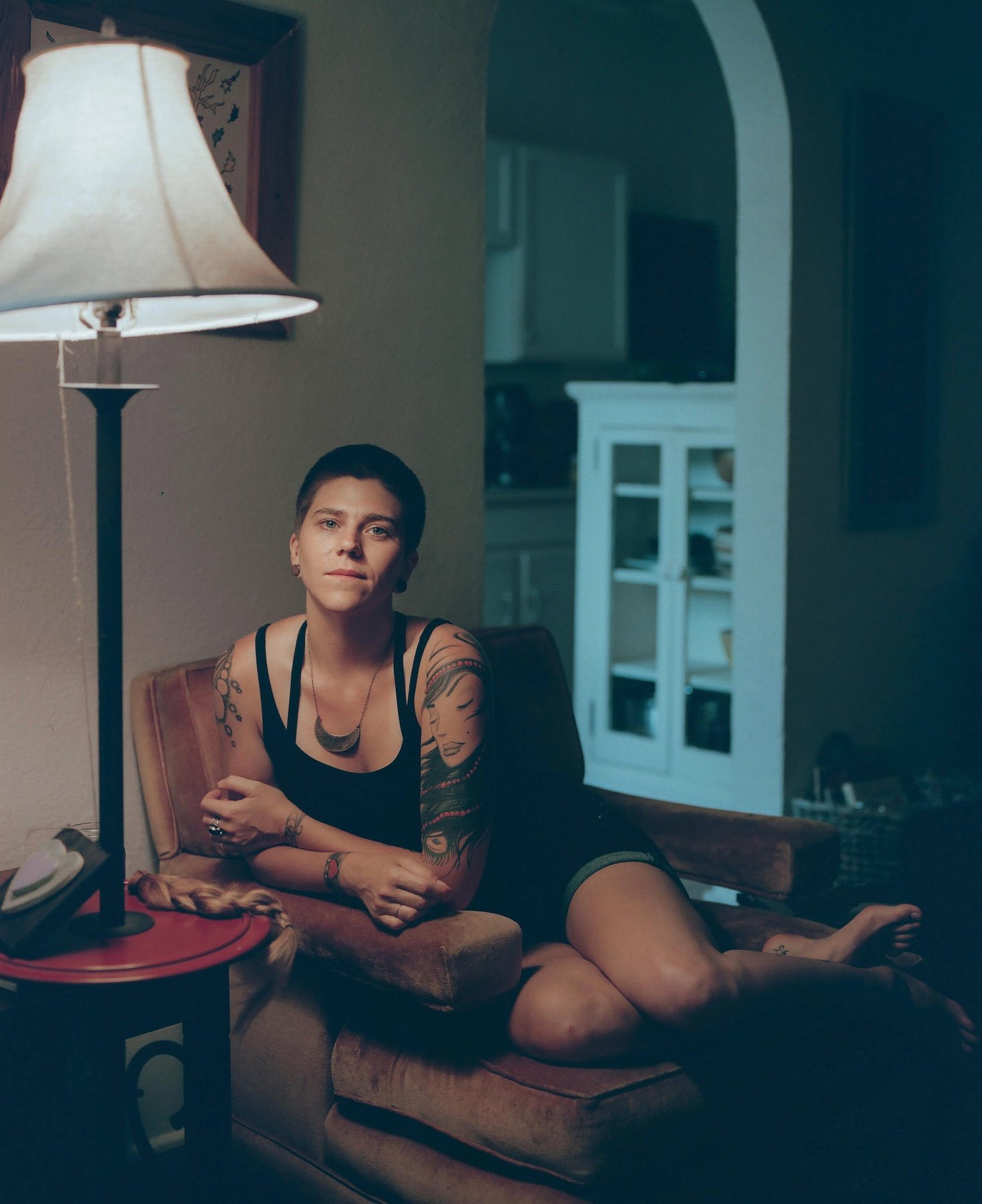
Tiffany, 31, Writer, Asheville, NC
Fear: Trusting people
She struggled with obesity as a child and has been a victim of sexual assault on several occasions. Now, Tiffany is looking for ways to confront her inner fears rather than hiding from them. “There is some healing that has to happen around it. Just it being a part of me as a person and wanting to move on from it and not have it be my life story. That’s the hardest part, wanting to move on and trust other people and having to admit that I can’t fully all the time. … This shaving my head was a big part of that. I’ve always had really big hair and I’ve always worn it all around my face and kind of hidden a little bit behind it so what better way to make myself feel vulnerable and open myself up a little bit more than my appearance?”

Troy, 47, Mormon priest, Harlan, Kentucky (Photographed in Knoxville, Tennessee)
Fear: Being homeless and alone
On God’s direct instruction, Troy abandoned his life in Harlan, Kentucky and checked into a hotel in Knoxville, Tennessee. He ran out of funds and ended up taking a ride (from me) back to Kentucky for fear of being homeless, hoping to get his apartment back, but upon arriving back in Kentucky, he found that his things had already been moved out and the landlord would not allow him back in. They called the police and Troy was arrested. “I’m not just talkin’, I know things are coming. The prophets in the Bible had visions of things to come, and I have those and I’ve had a vision of the glory of God coming.” I don’t know what the Lord has called me to Knoxville for… I can’t do all this. I’m just asking for support and help. I don’t want to go back to Kentucky, I hate Kentucky. It’s dangerous. I’m scared of being alone.”
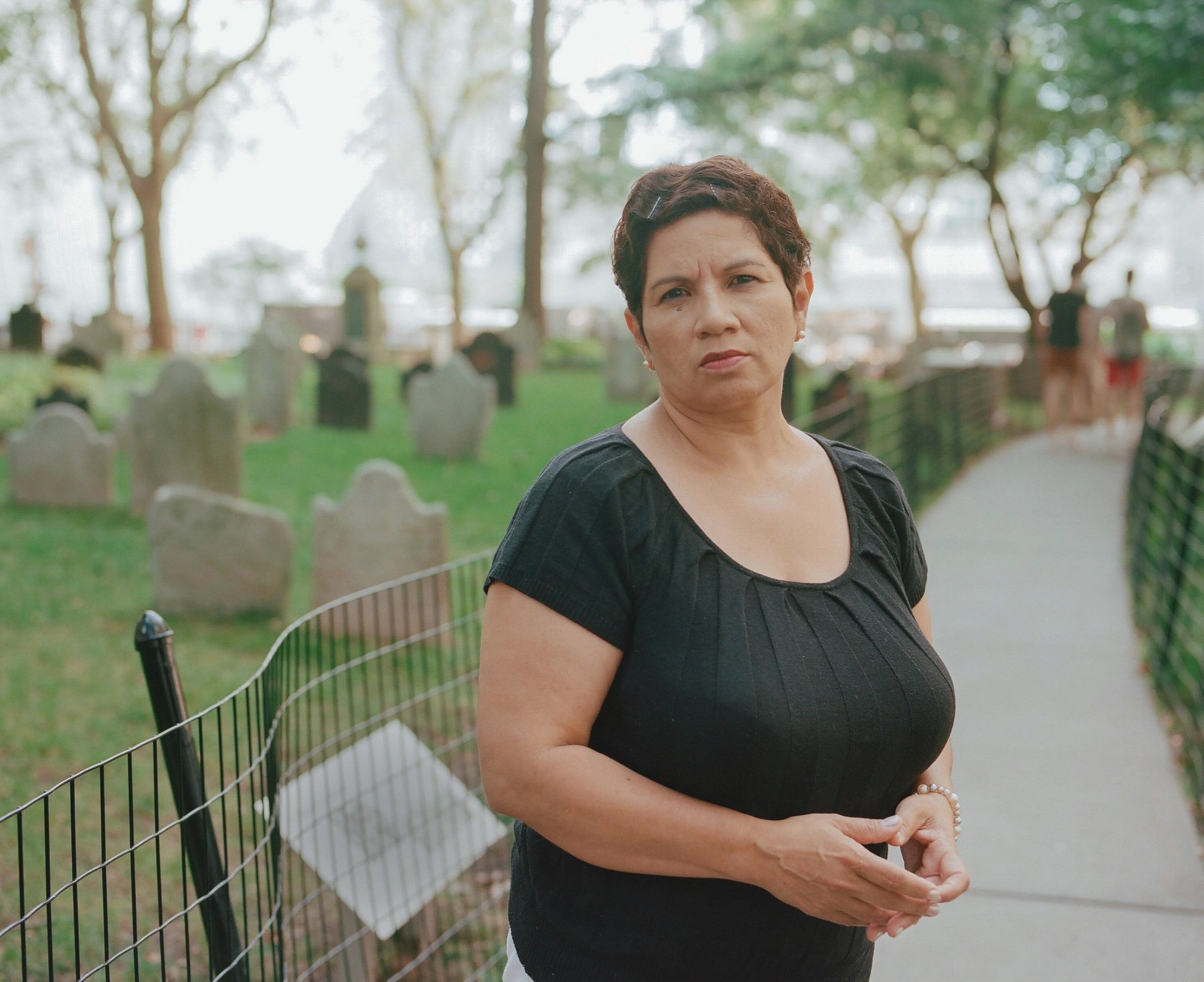
Julia, 51, Works in imports and exports, New York, New York (Photographed at a cemetery adjacent to ground zero in Manhattan)
Fear: The lack of control that comes from living in a big city
Julia moved from El Salvador to New York twenty years ago to “see what the American dream was about”. She has watched the city change and has felt the city change her. She is writing a book about her life experience. “After september 11 you feel fear. You can survive and have your daily living, but you don’t have the same emotional stability, like you think something is gonna happen. The past comes to the present in a negative way. I think my worst fear is that we cannot control that more bad things will happen. The tricky thing about America is it’s secure in a way comparing to other countries but people are powerful in ways you don’t know. You don’t know who’s who here. I don’t know the people who live next door. You don’t trust nobody. My country, everybody talk to you. I tell you, I’m tough, I’m a New Yorker but my thing is my background is friendly, nice, but in New York you change the way you see people. I’ve had to learn how to survive here. You have to learn to deal with your fear and control it. I don’t know how I’ve been doing it for 20 years, but I’ve made it, I’ve survived New York.
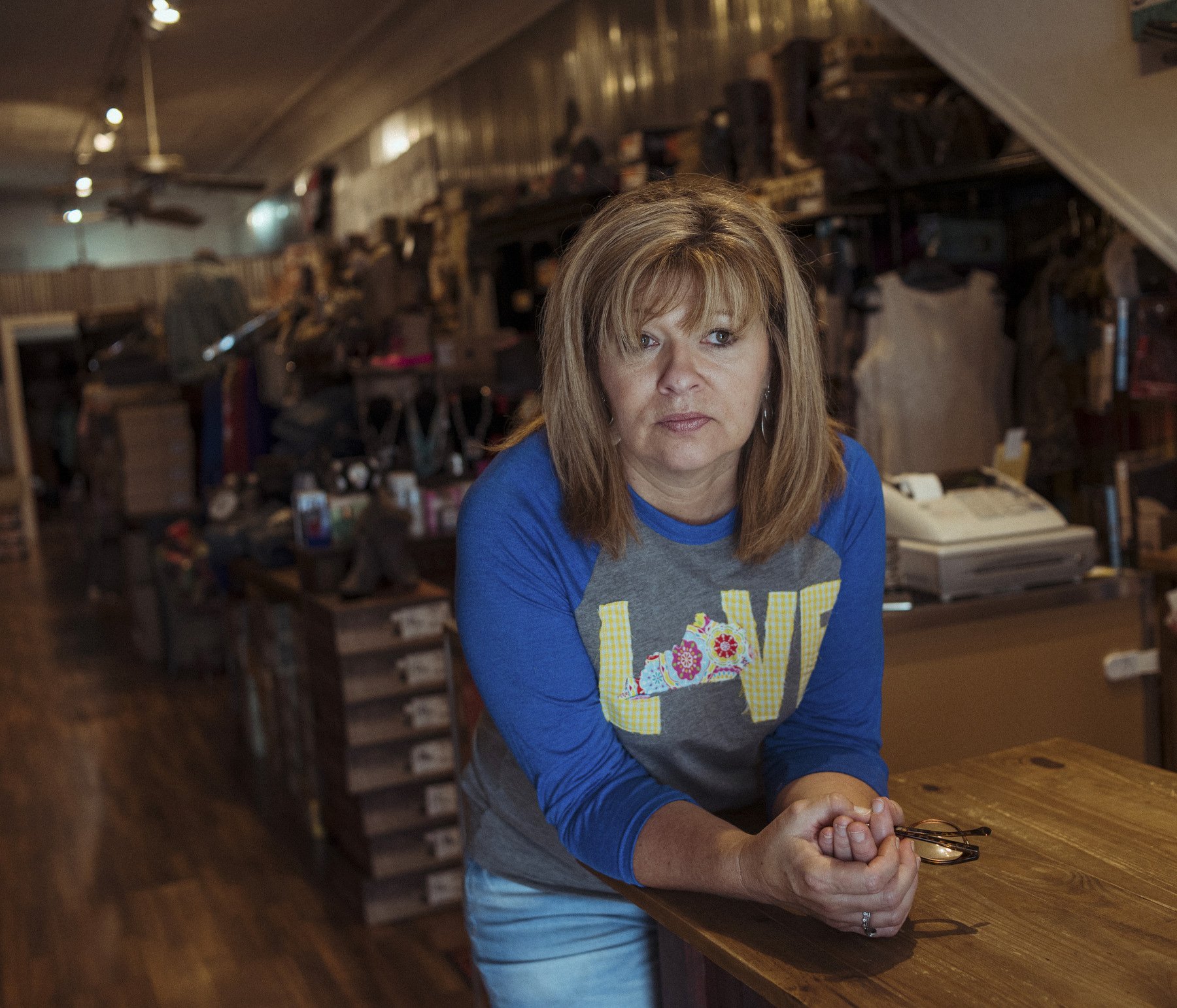
Cindy, Owner at Bourbon Boots, Paris, KY
Fear: Lack of control over potential terrorist threats
“I think it’s really too late for us to have any control now I think there are so many people in our country that are terrorists that probably live next door to you and you don’t even know it. I think most of them are already here. Just because we are a small town you might think that we would be the least of somebody’s worries, but think about it, a small town, a terrorist would probably think, “They would never suspect us bombing a small town.” But no, I don’t feel like anybody is completely safe anymore.”
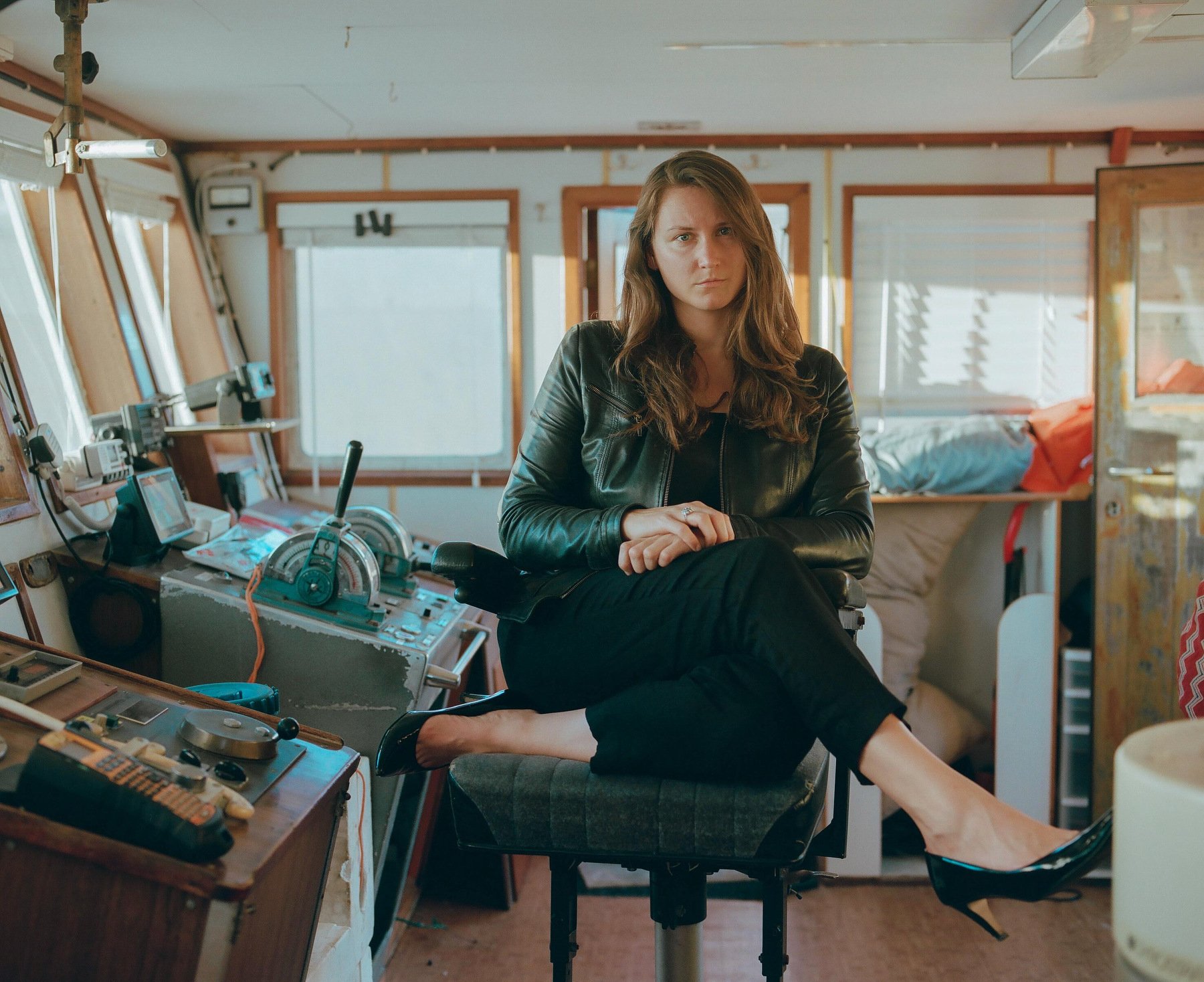
Gillian, 30, Founder/CEO of Hitlist App, City: San Francisco
Fear: The country backsliding and losing progressive traction
Gillian lived and worked in a number of countries all over Asia and the Middle East before moving to San Francisco to launch a travel app. and felt the repression of some of those cultures that a few decades ago were much more progressive such as Afghanistan. She fears a similar fate for the US. “We are so lucky to live in the US. There are so many incredible things about being here that people here don’t appreciate at all. My biggest fear is backsliding from the pretty incredible state that I think we are as a country. … Fear is a huge thing that can make societies change very quickly. I think there’s a lot we have to do to keep the rights that we’ve fought for.”
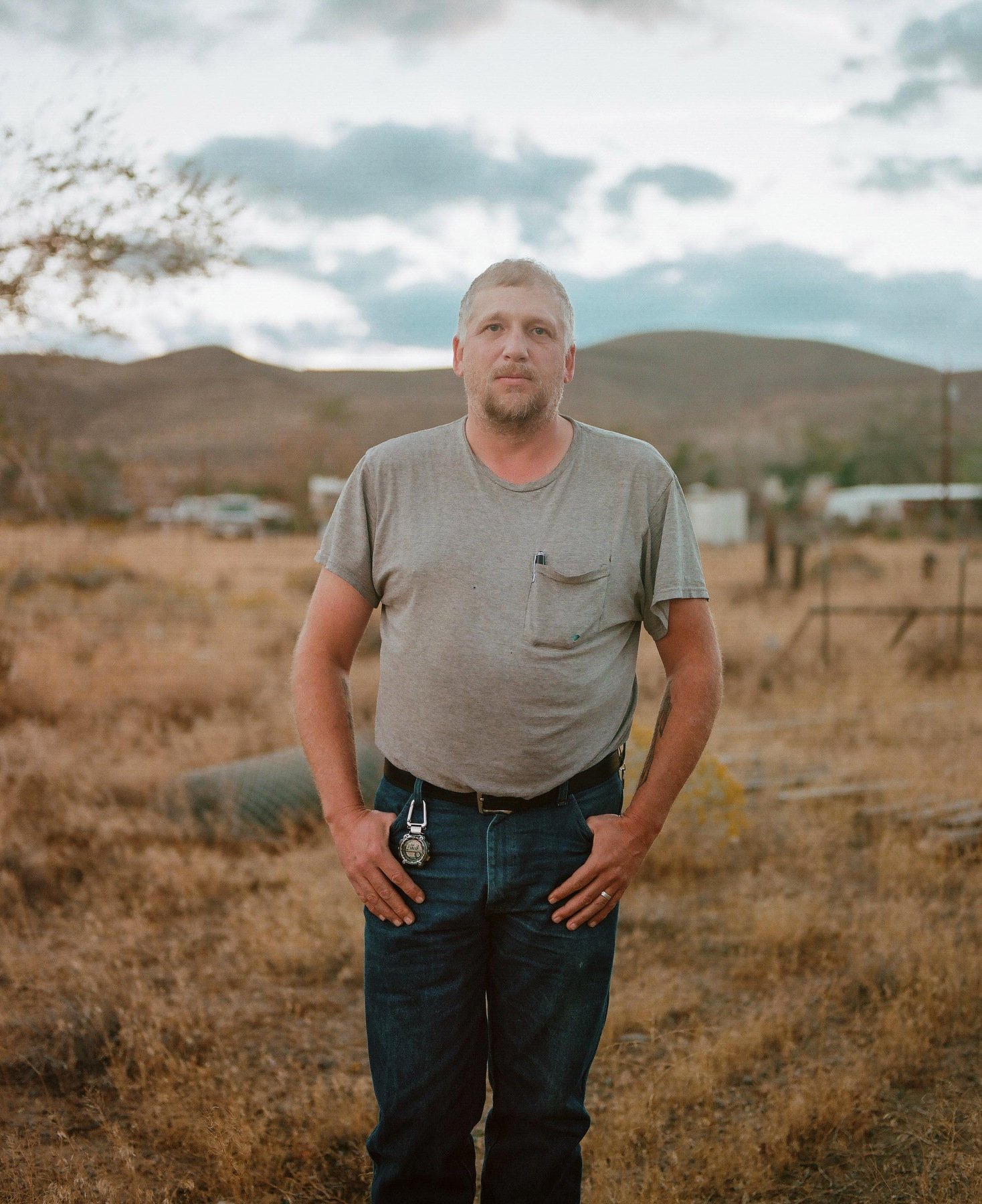
Josh, 42, Machinist, Dayton, NV
Fear: Lack of personal accountability in our country
With a pretty solid blue collar income, Josh and his wife often find themselves barely scraping by just to pay the fixed expenses like health insurance, and household bills. Even so, he believes that we should all stand on our own two feet without government help except in completely desperate situations. “I wanna see more people with more personal responsibility. Don’t rely on the government for everything. Too many people are walking around the grocery stores with iPhone 7s and they pull out their EBT card. And you know they’re paying $200 a month for that phone, and then we’re giving them $200 a month for food. Yes, you lost your job. Okay. Here’s a year’s worth of benefits. That years up, go get a job. If you lose your house because you didn’t go out and get a job, fine. That’s not our responsibility. I pay my taxes, and I don’t get squat back from the government in freebees. There’s been times when we could go down to the food bank and get food, but I don’t need to. I think in the last two years, we’ve had to maybe twice. That’s only in desperation..”
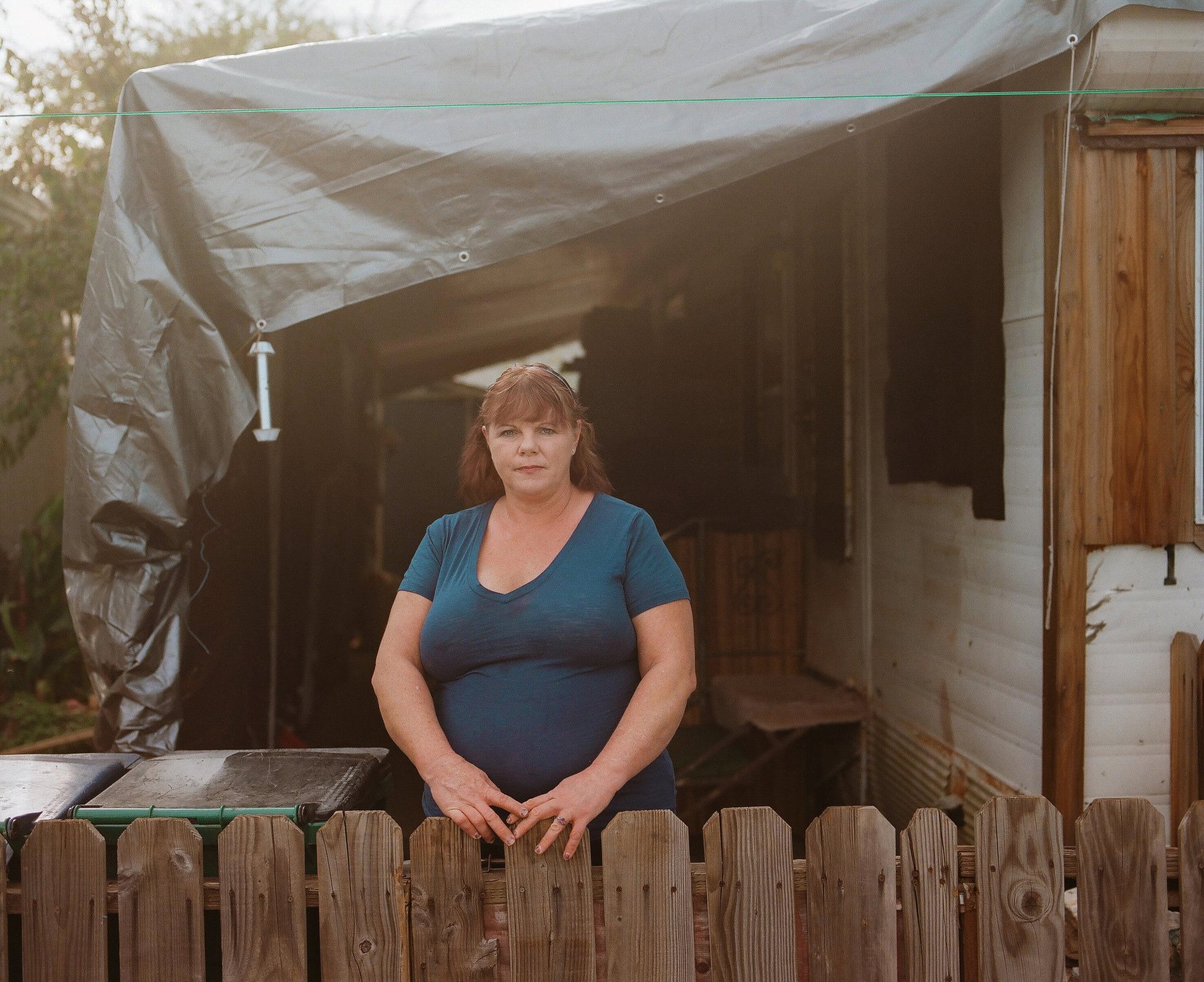
Barbara, 51, Unemployed (Disabled), Grass Valley, CA
Fear: Judicial System
Barbara’s career as a paralegal came to a stop when she got in a car accident and became disabled. She moved out afterwards and she and her boyfriend got a rental truck. He apparently made a mistake bringing it back, which resulted in her being charged with grand theft auto. Barbara served 90 days for the felony offense before getting it reduced, then dismissed. But for unclear reasons, her record shows not one, but nine felonies. “It’s hard to get a job if you have a felony. People don’t really want to associate with you. It’s very expensive to go through and change your record. You have to have lots of documentation to prove that it’s not you. They have all these other cases they want to prosecute. It’s not affecting them.”
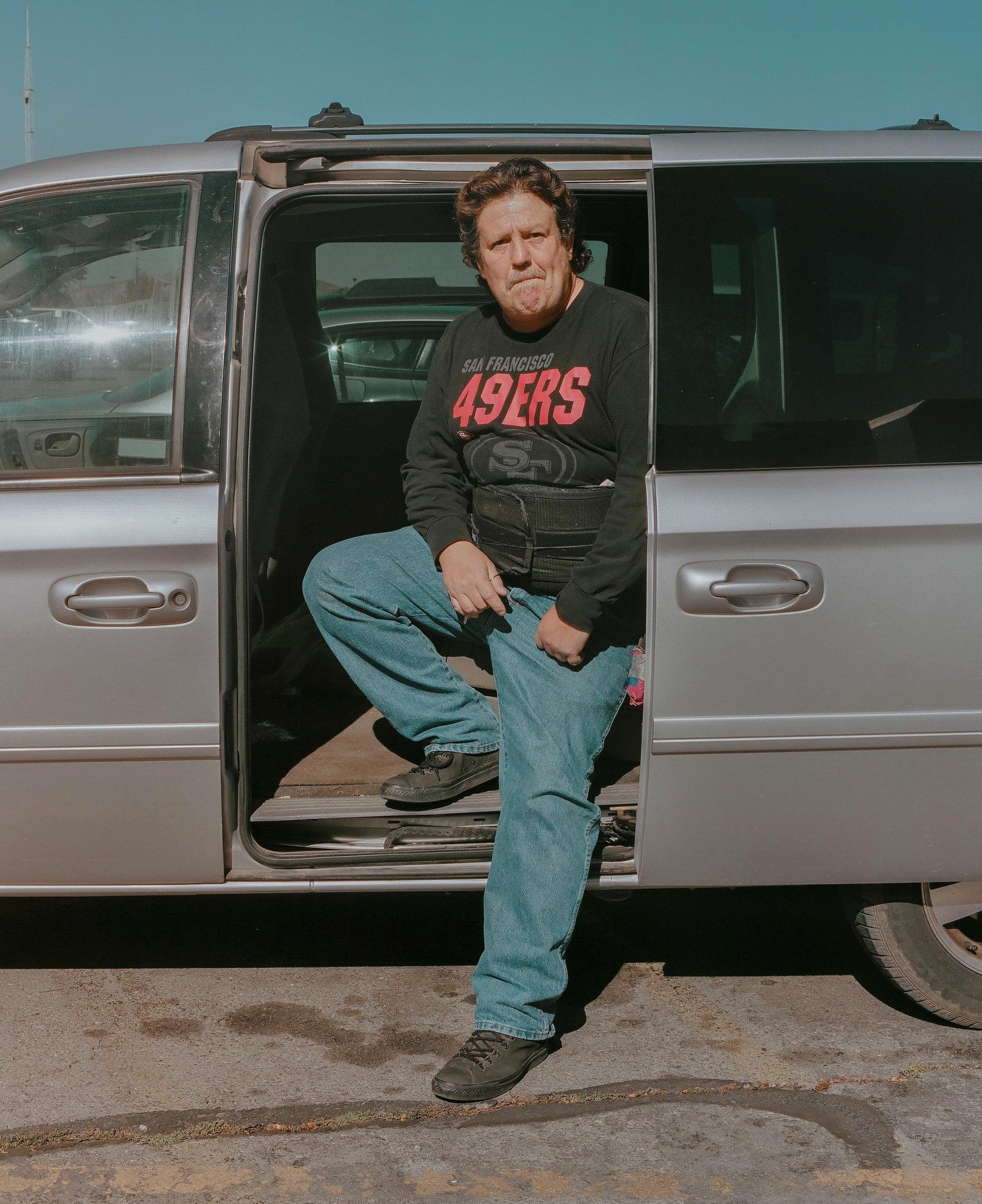
Joseph, 51, Disabled, Susanville, California (Photographed in Reno, Nevada)
Fear: Not living long enough to see his daughter graduate college
At age 26, Joseph sustained a back injury that left him disabled. He has had several procedures that have resulted in scar tissue around his intestines. Joseph has a battery-powered spinal cord stimulator that enables him to walk. But once the battery dies in eight or nine years, doctors told him they will probably not be able replace it because of the scarring. He would be left totally immobile, an existence he doesn’t want to experience. “I tell my kids I won’t be around a long time like Grandpa. I’m suffering way too much pain. I basically won’t want to keep on living, because you won’t have a life basically.”
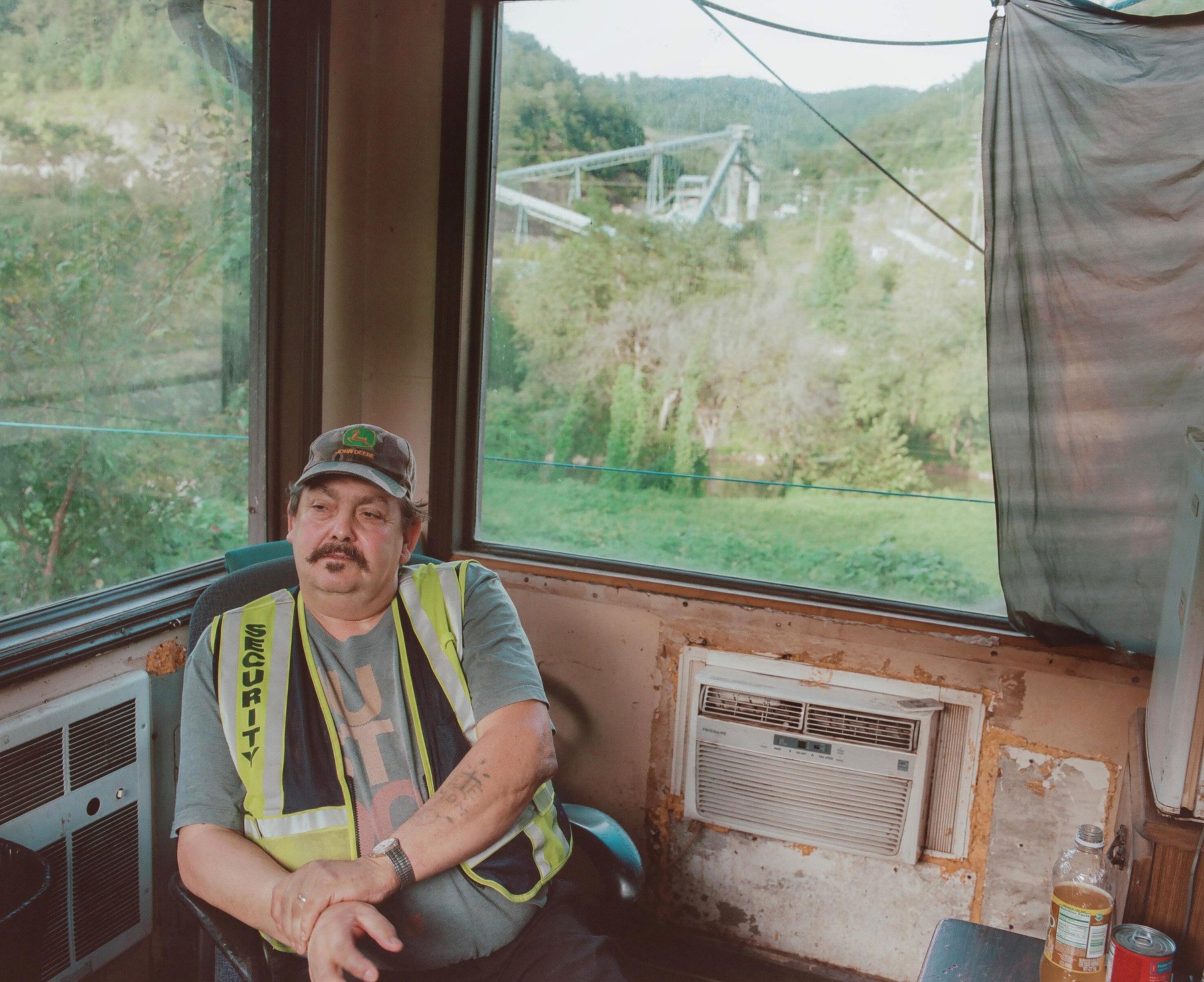
Bruce, 58, Security for Coal company, Hazard, Kentucky
Fear: Imminent unemployment in the face of health problems
He works in the security booth at a mine that is already closed, so he will be unemployed as soon as the company is done removing their equipment from the site. With a laundry list of health problems, Bruce is afraid of what will happen when he loses his job. “I’ll probably go on social security. I’ve already been a custodian, but I can’t swing a mop anymore on account of my back and I can’t see good enough to do anything else anymore. My feet won’t let me stand long at a time or walk long at a time. … I was raised poor and simple and I expect to die poor and simple. That’s all I can say.”
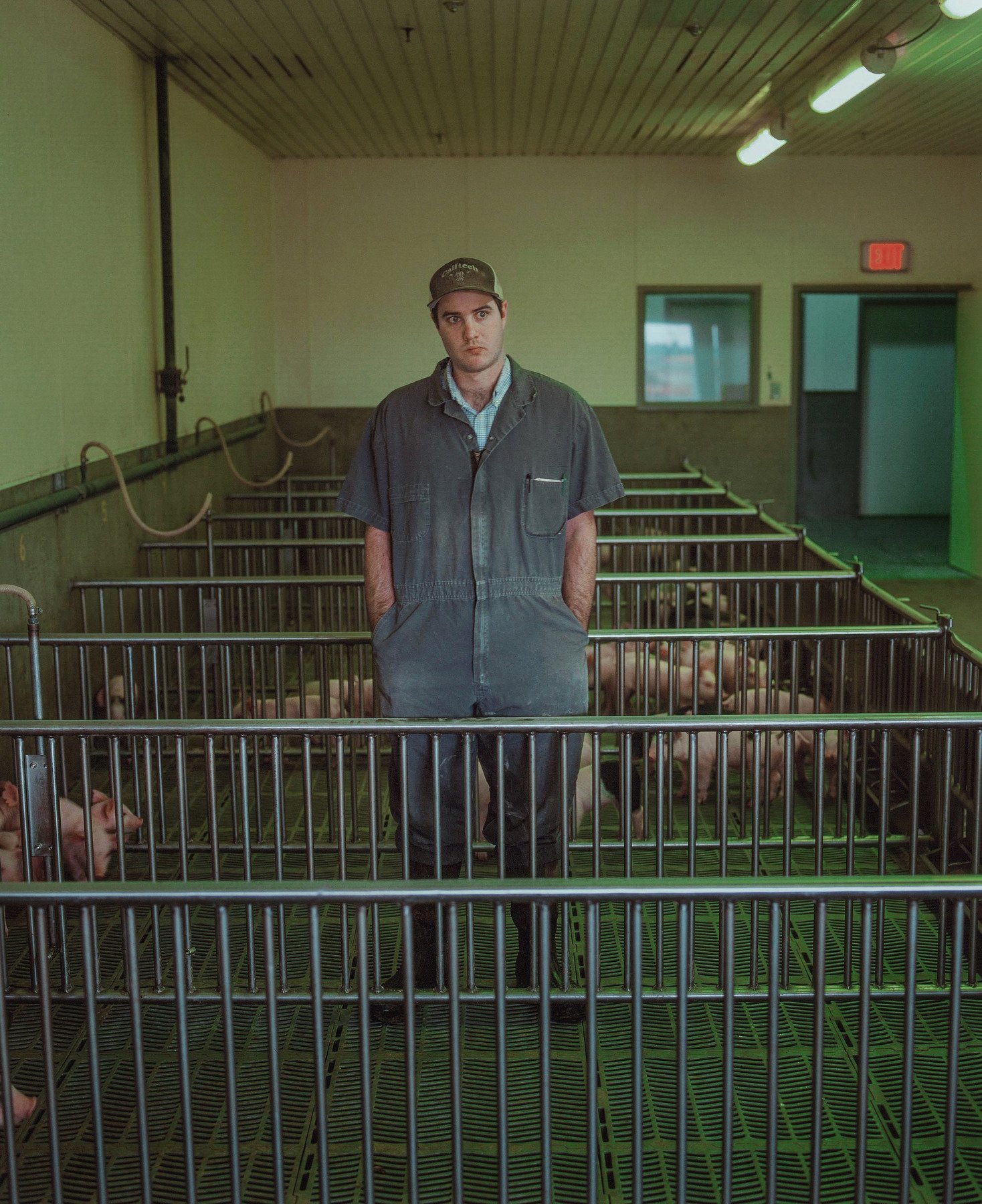
Aaron, 25, Farmer, Davis, CA
Fear: Loss of the American way of life
Aaron wasn’t raised on a farm, but he started working on a friend’s farm at a young age. “I like being able to see the results of what you did in a more tangible way. I also like providing safe food for people. I take a lot of pride in that. Different political issues and different policies and things make it a lot harder. At least for me, my ultimate goal would be to have my own business, and trying to start a farm is almost impossible unless your family comes from that, just because the startup costs are so high. Allowing foreign companies to come in and buy our agricultural companies and our agricultural land has made prices just skyrocket. It’s just tough when people higher up make decisions that affect the people that are really working hard and really driving this country and doing all the dirty work.”
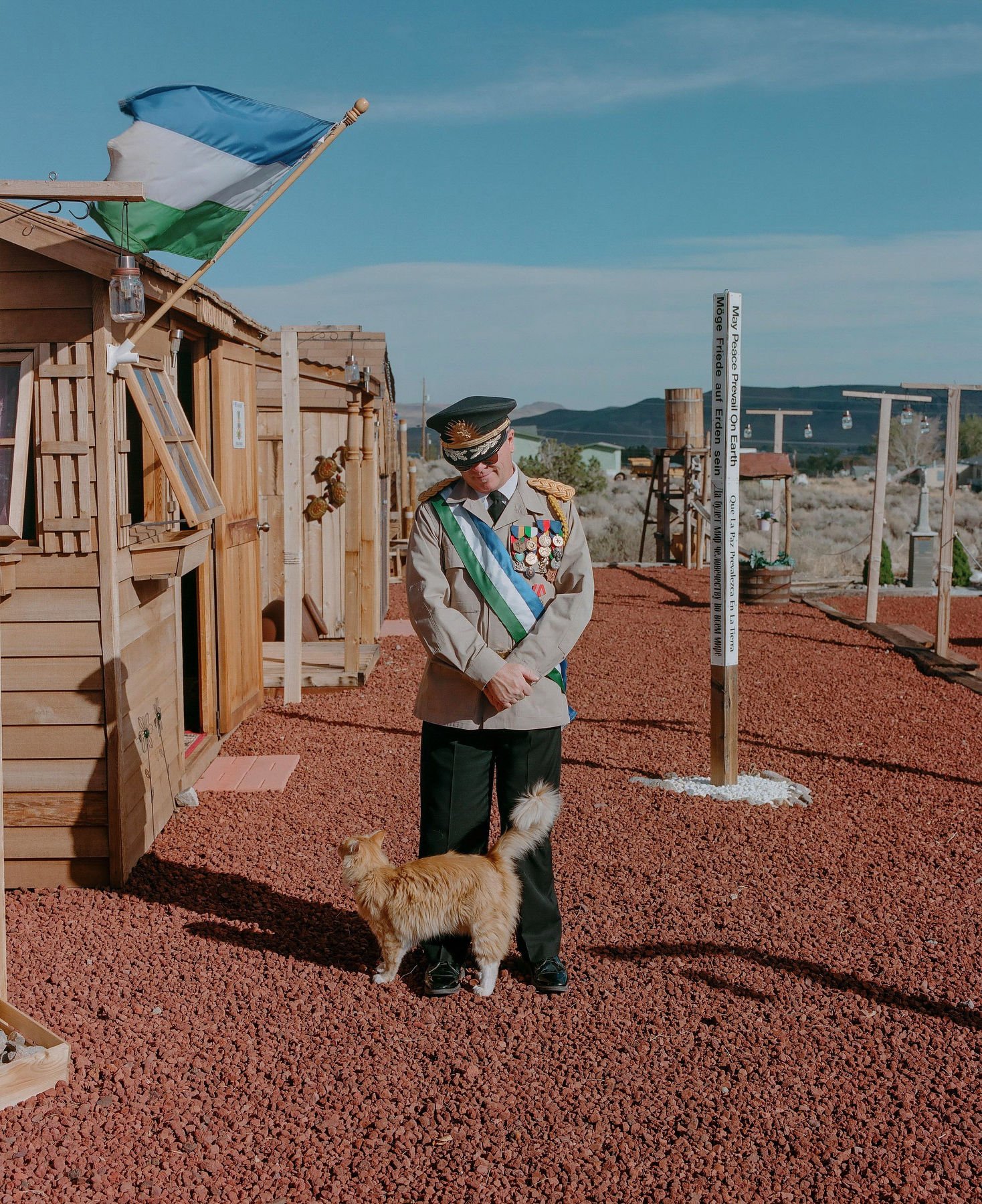
Kevin, 54,President of Molossia, Country of Molossia in Dayton, NV
Fear: Not finding a suitable successor and his country dying.
Kevin was 14 when he and a friend decided to start their own country. The friend lost interest quickly but the country of Molossia is alive and well 40 years later. Kevin takes the role of president of his own country with a combination of humor and serious ambition. The country is not a protest, and Kevin fought for the US Army for 27 years. “Right now, there are four human citizens and four dog citizens. A total of eight residents in the nation. The cat is not a member of the population, you can’t trust cats, it’s probably a spy. There’s a certain amount of political satire that goes with it. We have a good time with the idea of having our own country. I am always a little bit concerned about what’s going to happen to Molossia after I’m gone. The first lady is my designated successor but I don’t think she has the interest in pursuing the nation and keeping it going. I hope that our children and grandchildren will continue to keep the nation going after I’m gone. Actually, our daughter Alexa, she’s 12, and she is probably the strongest contender.
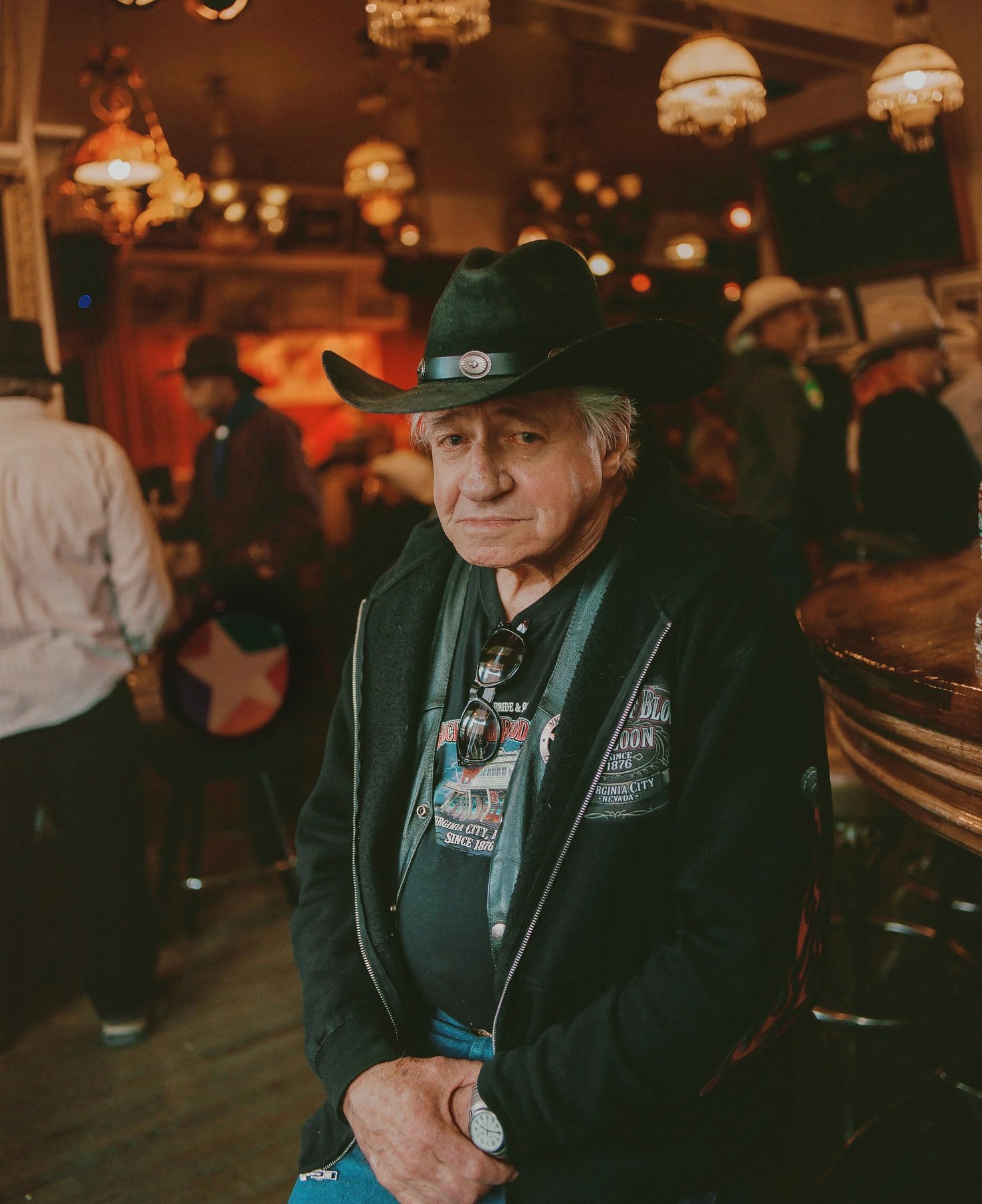
Ash, 74, Farmer / Miner / former Cattle Rancher, Virginia City, Nevada
Fear: Russia and China
He saw war firsthand fighting in Vietnam, an experience he doesn’t like to talk about and something he doesn’t want to see again. He says his biggest fear is making enemies with countries like Russia and China. “They’re already getting ready for us. That’s got me more worried than anybody. All them atomic weapons them countries has got. It’s scary.”
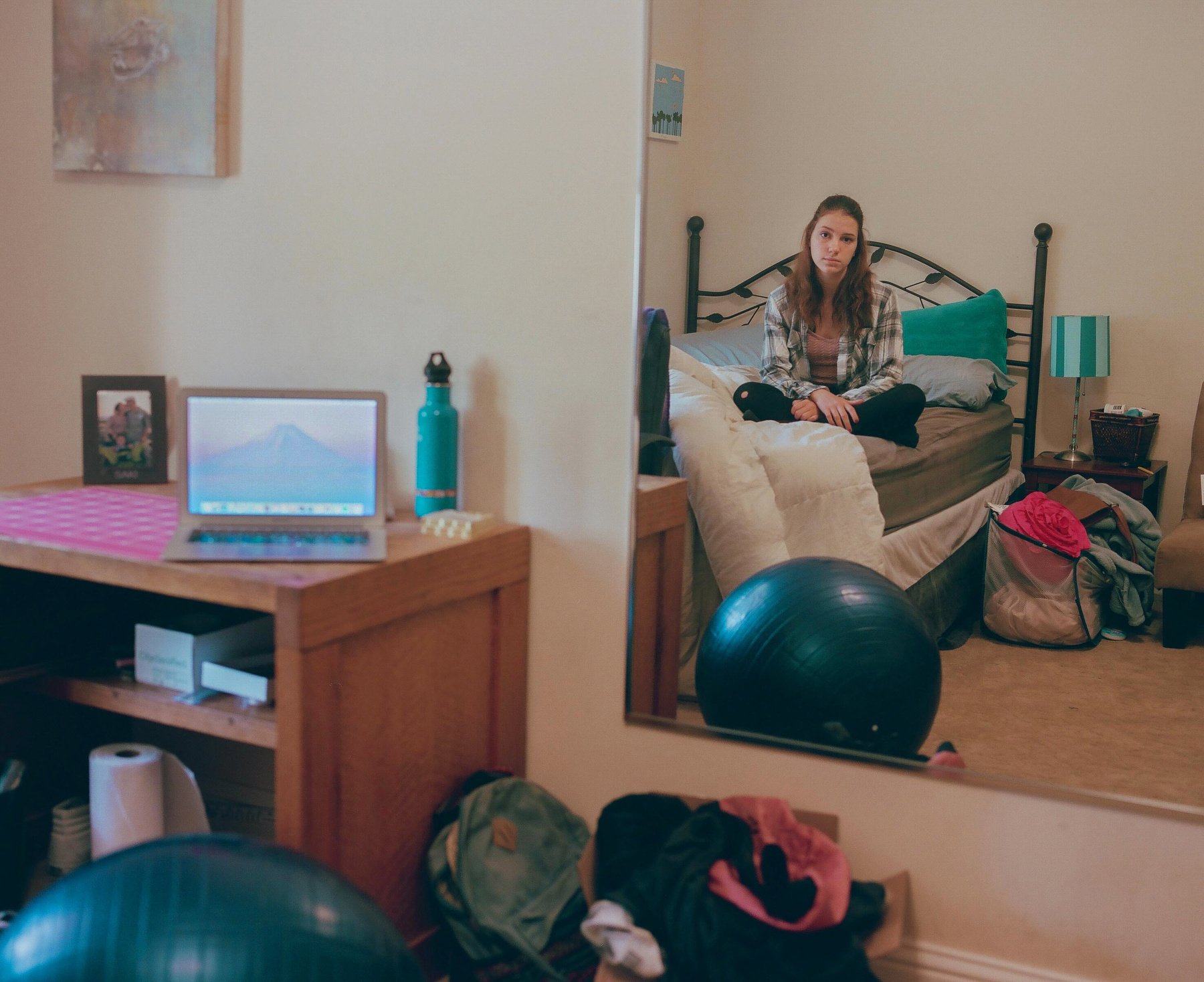
Sikara, 15, High schooler and dancer, City: Grass Valley, CA
Fear: Future state of the planet
Sakara, AKA Saki, has been a performer from a very young age with her father’s grammy winning kid friendly hip hop group, Secret Agent 23 Skidoo. Despite the early successes, she does not see herself making music for a living. “I’m really stressed about the future. About my future, personally, because I have like no idea at all about what I want to be when I grow up and that kind of worries me. … Also, I’m worried about the planet. That’s something, probably everyone is. … It makes me mad that we’re messing with this planet so much but we’re only one species. There will probably be a couple big wars. Like really big wars because everyone has so much anger, and there are so many people. … I don’t know what I want to be when I grow up, but I’m thinking I might want to join the Peace Corps. I don’t think I could just have a desk job or something while stuff like this is happening.”
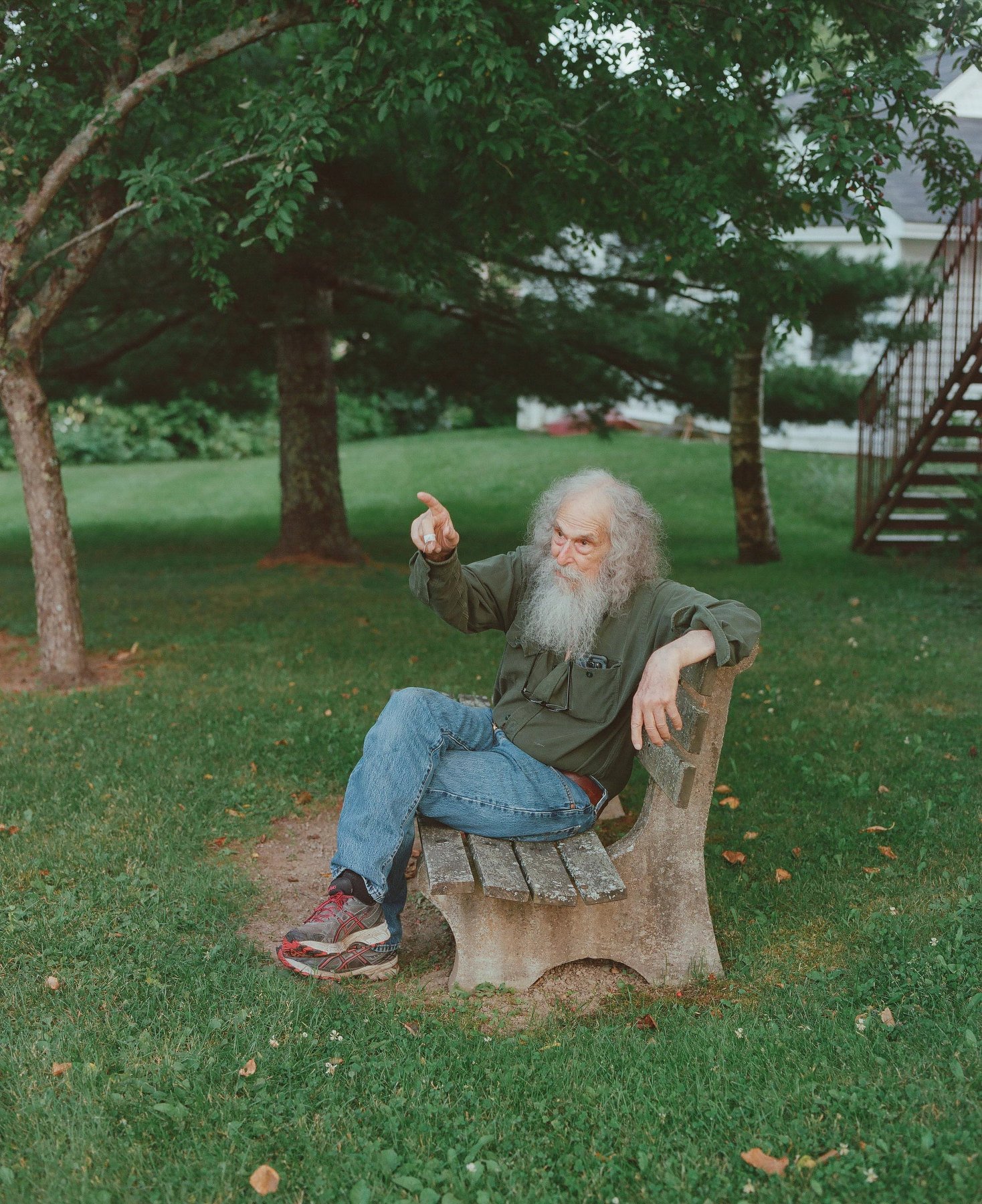
Irwin, 89, Artist, Searsport, ME
Fear: Nothing
He got a sense of perspective around fear when fighting in World War II. In his old age, he has cultivated a psychology of not embracing fear. “I think there’s something wrong with me in a sense I don’t worry about stuff. … We’re just lucky we’re here enjoying ourselves while we’re still alive, right? They fear because they believe they are the center of their universe, right? They have to protect it because nature wants them to protect it so the species can propagate. But in reality it’s an illusion. We’re nothing. We’re here for such a brief moment, not even a flicker in time. Once you realize you’re just a blade of grass in this vast field of other grass blades, you’re nothing special, then you stop worrying about things.”
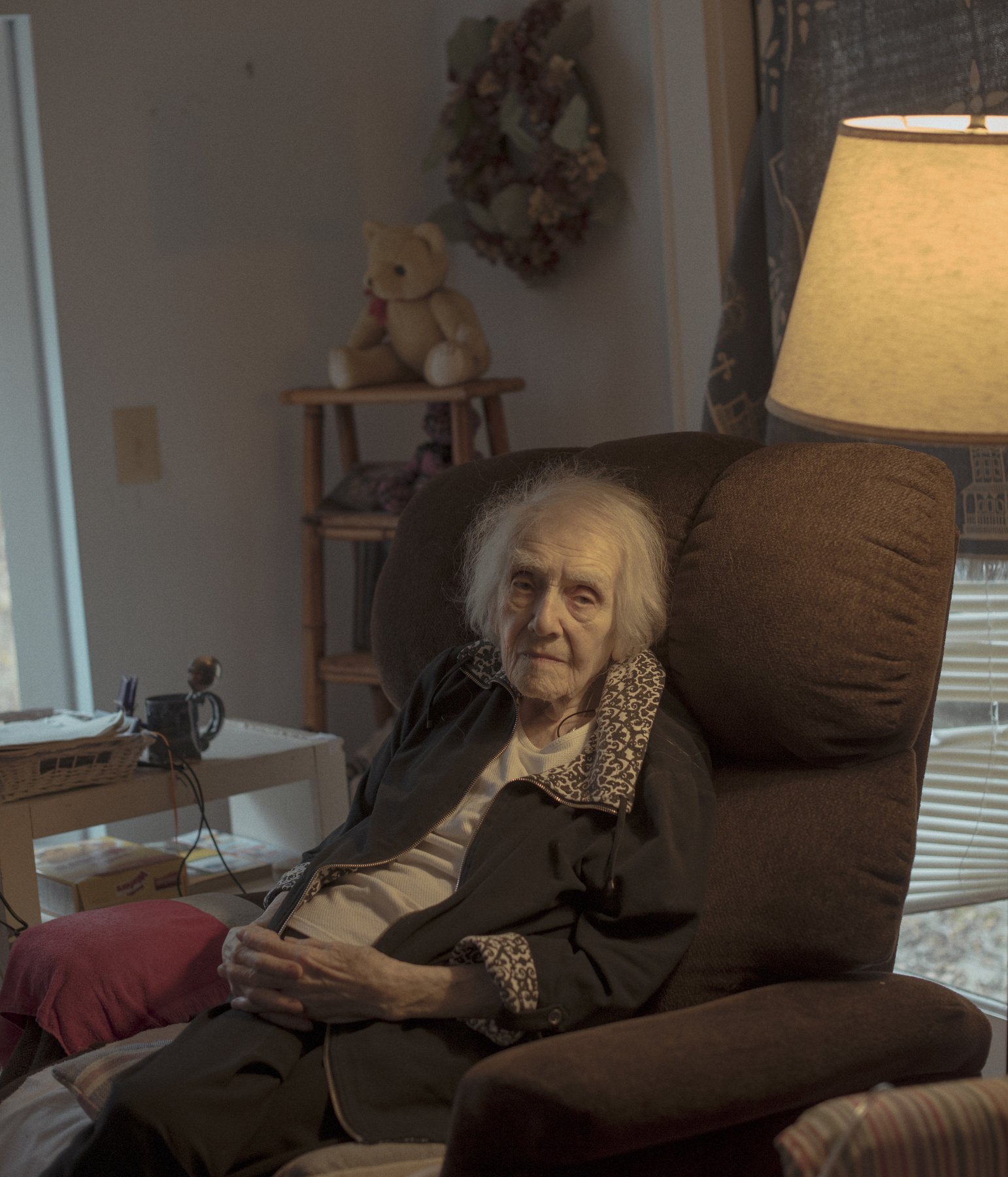
Nora, 102, Author, Boone, NC
Fear: Trump becoming president
Nora was born in Russia and raised in the Bronx. She had a career in copy editing and publishing which she continued until her death in February of 2017. She published her first memoir about her childhood in Russia at age 88 and wrote two more the most recent of which published at age 95. I spoke with Nora on the afternoon of November 8th, 2016 only hours before the country was to learn who would be our next president. She was feeling more excitement than fear for the announcement, sure that she was finally going to see the first female president of our country. She has supported and followed Clinton’s career for many years, and was proud to make a rare outing to cast her vote via curbside voting assistance.
“For a long time I’ve wanted to see a woman president of the united states. I’m still concerned about what’s going on in the world becuase I have been for so long and it’s always been not just me, and my family, I care about the world. I care terribly. All of us are going around saying if he wins what do we do? That’s just the way I feel about this man who doesn’t have one characteristic that I could name that was presidential, I that’s why I can’t understand this whole rush to back him when he’s so brash and so rude and so terrible. The very thought that he would be the president… It’s unbearable.
My picture is the ideal death is comfortable in bed with music playing family around… I’m curious. I want to see what’s going to happen… I’ve seen two husbands die, and I was with them both when it happened. I’ve seen death and it’s just quiet. With my first husband he was lying in bed and I was in his arms lying next to him because that’s what he wanted.”